Choosing letter G is a good reason to remember a few gorgeous artists that made art even greater. This time we are going to talk about artistic creators only. Let it be a special edition devoted to those who really deserve it (and yet far not all of them).
Thomas Gainsborough (1727 – 1788)
English portrait and landscape painter, originator of the 18-century British Landscape School. Along with another painter, Joshua Reynolds, he is deemed to be one of the greatest artists of his century — age of rococo. However, unlike his rival, Gainsborough didn’t stick to the canons of the praised Renaissance, painting in a more fashionable manner. Born in the family of a weaver, Thomas Gainsborough started showing some real talent for drawing from the early years, thereby he continued studying art in London at the age of 13 — first under Hubert Gravelot, then associating with painters William Hogarth and Francis Hayman. The artist’s genius was soon recognized: remarkably enough, Thomas Gainsborough became a founding member of the Royal Academy in 1769 — and stopped exhibiting his works there four years later due to the tense relationship with the institution. Gainsborough created a number of portraits of the high society that brought him honour, since he defined himself more through the landscape art. In his latter creative period strong influence of the Flemish Baroque painter Anthony Van Dyck with his formal approach is felt. Another celebrated artist John Constable described works by Gainsborough in the following way: ‘On looking at them we find tears in our eyes and know not what brings them’. Today paintings by Thomas Gainsborough, among which there are famous ‘The Blue Boy’, ‘Cornard Wood, near Sudbury, Suffolk’, ‘Georgina, Duchess of Devonshire’, ‘Mr and Mrs Andrews’ can be found around the world both in museums and private collections, yet primarily in the National Gallery, London.
![]() Georgina, Duchess of Devonshire
Georgina, Duchess of Devonshire
![]() The Blue Boy
The Blue Boy
Paul Gauguin (1848 – 1903)
Naming Gauguin a Post-Impressionist painter might be the broadest description that can be applied to his art. Indeed, Paul Gauguin was a French artist of an exceptional talent who continued the revolution incited by the Impressionists and made quite a few discoveries in the pictorial field. For his 53 years of life he explored the potential of colour pioneering the Synthetist style, experimented with flat and bold forms and dark contours trying the cloisonne technique and all that wasn’t in vain. Today we know Paul Gauguin as a bright Fauvist, Symbolist and Primitivist painter whose art embodied curiosity, sense of colour, thirst for new experiences and yet, conciseness. However, it didn’t happen overnight — story of Paul Gauguin’s life is quite an adventure. After spending years of carefree childhood in Peru (Gauguin’s father set off there to proceed with his journalistic career), young Paul returned to Paris and became a stockbroker (quite a successful one, by the way) and an art dealer, trying his artistic skills from time to time. It had been just fine before the crash of the Paris stock market in 1882. Gauguin who had been already married and had 5 children, decided to devote himself to painting full-time which was a nasty surprise for the rest of the family. Paul Gauguin got divorced and started traveling, turning all his visit destinations into art residences. Perhaps, the most wonderful stay which was also efficient for his career as a painter Gauguin had on Tahiti. Extremely saturated images of the local girls and beckoning landscapes of the island are the most prominent feature of his art. Thus, joining various movements and giving in different influences, Paul Gauguin managed to elaborate his own unique style.
Gutai (The Gutai Group) (Years active: 1954 – 1972)
A Japanese art movement which name may be translated as concreteness. Based on the concern of individualism, Gutai artists rebelled against the conservatism of art and totalitarian regime which prevailed in the post-war Japan. The group wanted to expand the notion of what art can be, yet maintaining their connection to the painting. The Gutai Art Association was founded by Jirõ Yoshihara in the small town of Ashiya in 1954. The birth of the movement happened, first, thanks to the rich artistic background of Yoshihara who had been painting and teaching for 20 years before starting Gutai, second, owing to the financial support of his father, a wealthy merchant. The movement quickly assembled its members from different small artistic societies of the Ashiya region — such as The Zero-Kai and Genbi, also founded by Yoshihara. Such artists as Tanaka Atsuko, Saburõ Murakami, Toshio Yoshida, Shuji Mukai, Shozo Shimamoto and a couple dozen of others are considered to be the part of the group. Despite redefining the former cultural experience of Japan and traditional art forms in its’ practice, the Gutai Group was strongly influenced by the international art scene: works by Jackson Pollock were praised in the Gutai 1956 Manifesto, so was the art of the Art Informel movement.
Gutai artists also collaborated with Allan Kaprow and the Dutch Nul Collective, driven by the desire to be a part of a new cosmopolitan society. Speaking about Gutai, it’s impossible not to mention the vocabulary elaborated by its members, which consists of the two main definitions: ‘e’ (Japanese for a ‘picture’) which signifies all group activities, aiming at ‘expulsion of the frame’ and the opposite ‘kaiga’, a traditional art form in Japan. Proclaiming their ideas, Gutai counted much on publications — the group set up its own The Gutai Journal and contributed greatly to Kirin, children’s educative art journal. The existence of the group ended with the death of the founder Jirõ Yoshihara in 1972, yet Gutai affected the elaboration of the core movements of the 20th century such as Happenings, Fluxus, and Viennese Actionism.
Gilbert & George (Years active: 1969 till present)
A UK-resided artistic duo (and a gay couple as well) who is mostly famous for their performance art and photo-based works. The collaboration consists of its two founding members, Gilbert Proesch (born in Italy in 1943) and George Passmore (born in the UK in 1942). The two met while studying sculpture at Saint Martin’s School of Art and began living & working together. Probably the first artwork that emerged from their collaboration was The Singing Sculpture (1969), for which they covered their heads and hands with bright metallised powder and sang along for the recording of Flanagan and Allen’s song ‚Underneath the Arches‚ while staying on the table. Later came a series of photoworks tackling acute social issues such as religion, sexuality, poverty as political costs, search for identity and e.t.c. The thing is the both artists came from relatively modest backgrounds, thus carrying a democratic approach to art throughout their practice: ‚To be with art is all we ask‚ — is their famous saying, which can also be read as art is for all. Another crucial point in the duo’s artistic practice is that Gilbert and George considered life to be art and vice versa. They stepped against the haughtiness of the art world criticizing the concept of good taste and elitism. To the naked eye, their works might not be taken seriously, however, making brash and glaring art, the duo was trying to get through the society’s rules that called for improvement. To enhance the effect of their artistic message, Gilbert and George usually put on formal tweed suits, just like an ordinary middle-class couple who dare to open their mouths and make a statement.
Guerilla Girls (Years active: 1985 till present)
A feminist art group, famous for its provocative artistic actions that are run absolutely anonymously. Since 1985 a few girls wearing gorilla masks have been coming to public spaces, mostly nearby art institutions to express their opinion on the position of women in art. How do they do that? They create posters that expose unpleasant data: how many women artists are represented in various museums‘ collections, the number of women curators in major art institutions (hint — essentially zero) and thus accuse the art world’s powerful of discrimination. Apart from the issue of sexism, Guerilla Girls discuss racism through billboards and performances. Their appeals sound like: ‚Do women have to get naked to get into the MoMA Museum?‚, or ‚Only 4 commercial galleries in N.Y. show black women. Only 1 shows more than one‘. They also enjoy raising questions in a playful and yet sharp way: e.g. ‚If February is Black history month and March is a Women’s history month, what happens the rest of the year? Answer: Discrimination‘. Interesting fact, the art group didn’t tackle the link between their name and gorillas originally — it came by chance when someone misspelt the word ‚guerillas‘ — and the mistake became fateful. Actually, for their first performance the girls were having ski masks on, but it was gorilla image that made the whole activist campaign shine.
However, the most remarkable thing about the art group is that they a) never disclose who stand behind masks (as one Guerilla Girl admitted in the interview, it was just her partner who knew, her loved ones and her dog) and b) throughout the history of Guerilla’s artistic activity there have been about 50 members — they’ve changed but always stayed anonymous and belligerent and humorous at once.

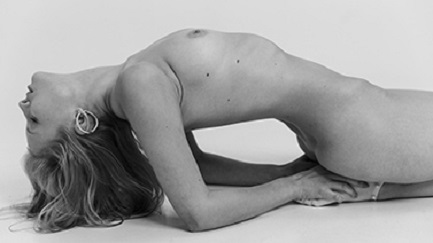
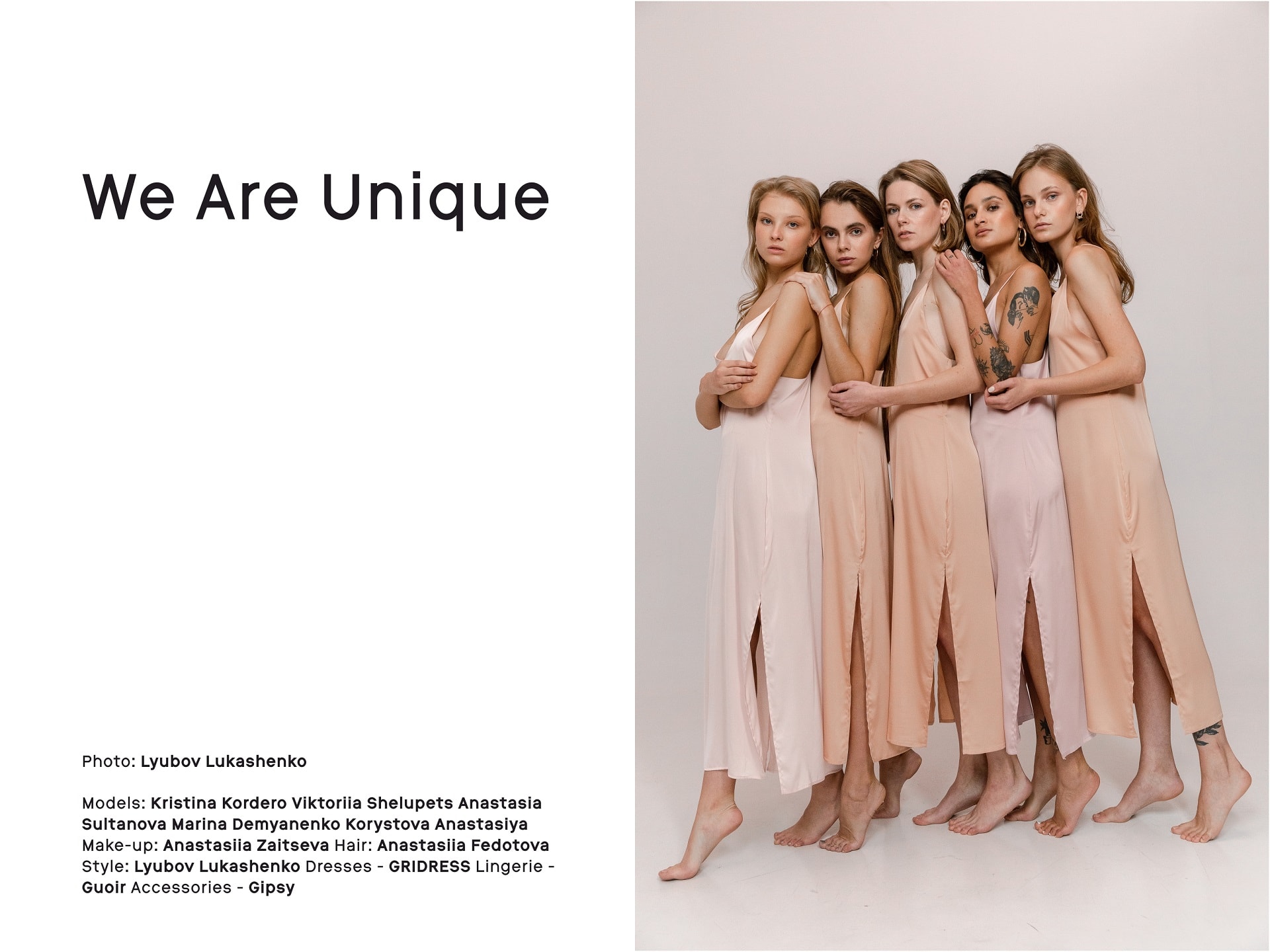
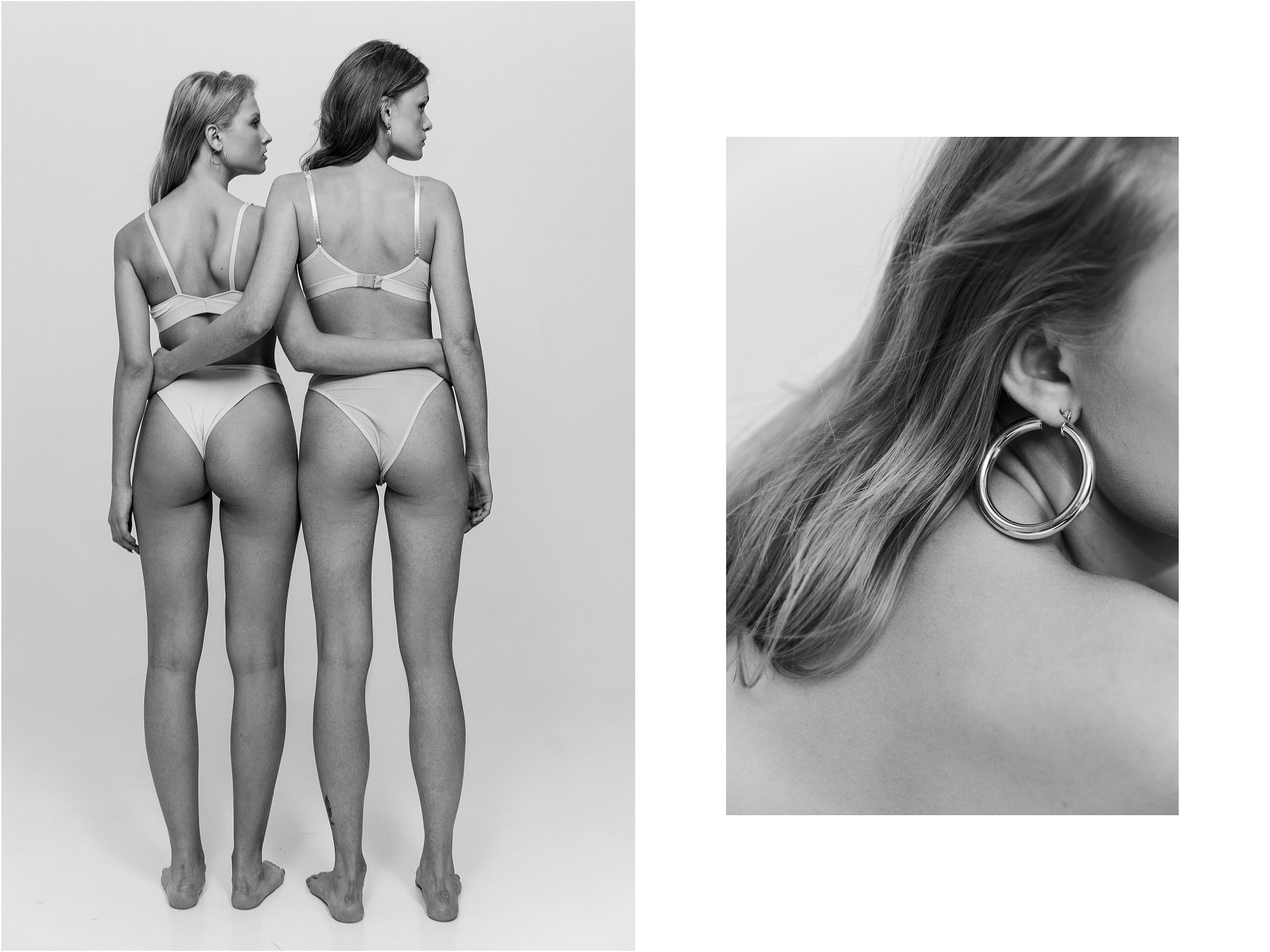
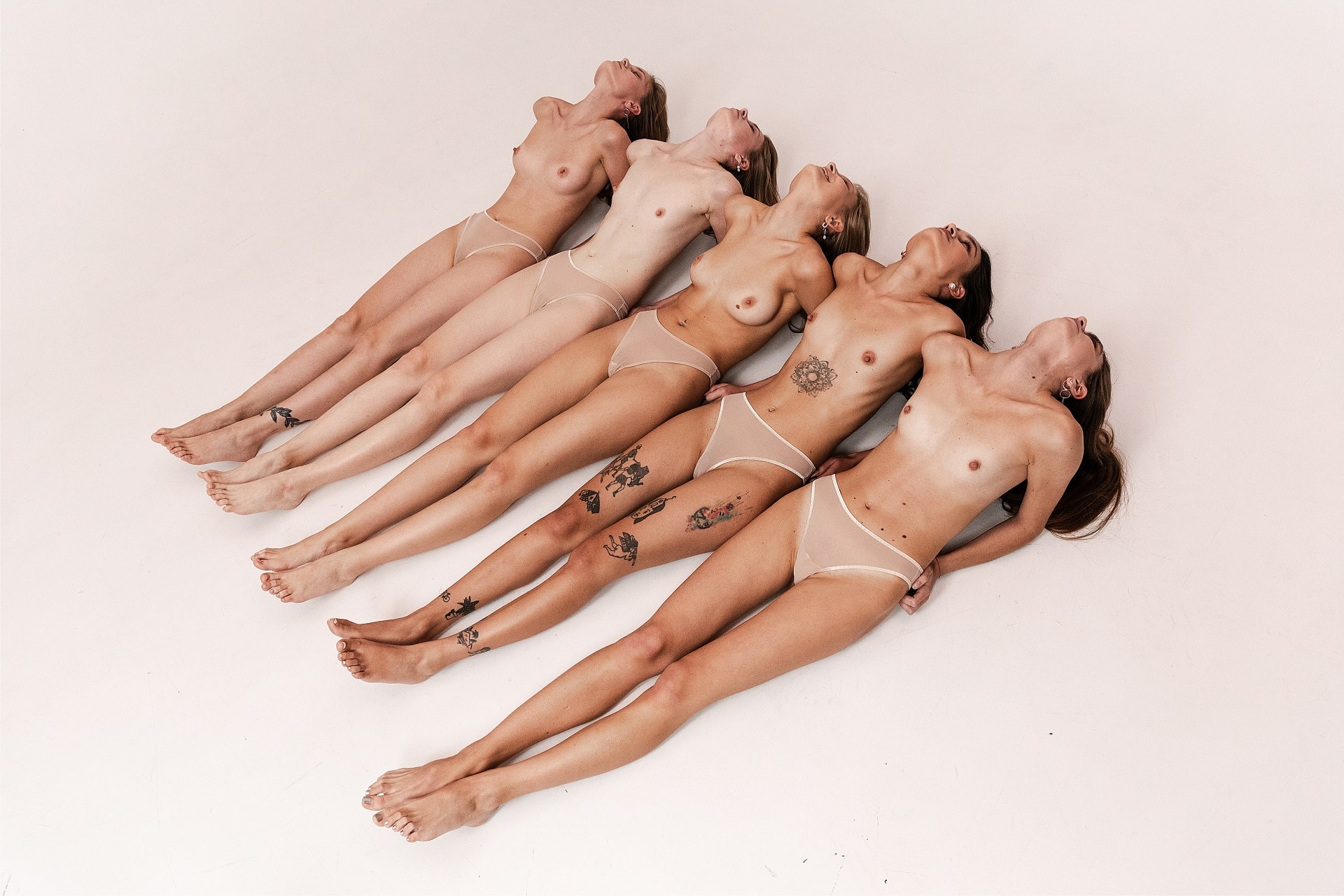
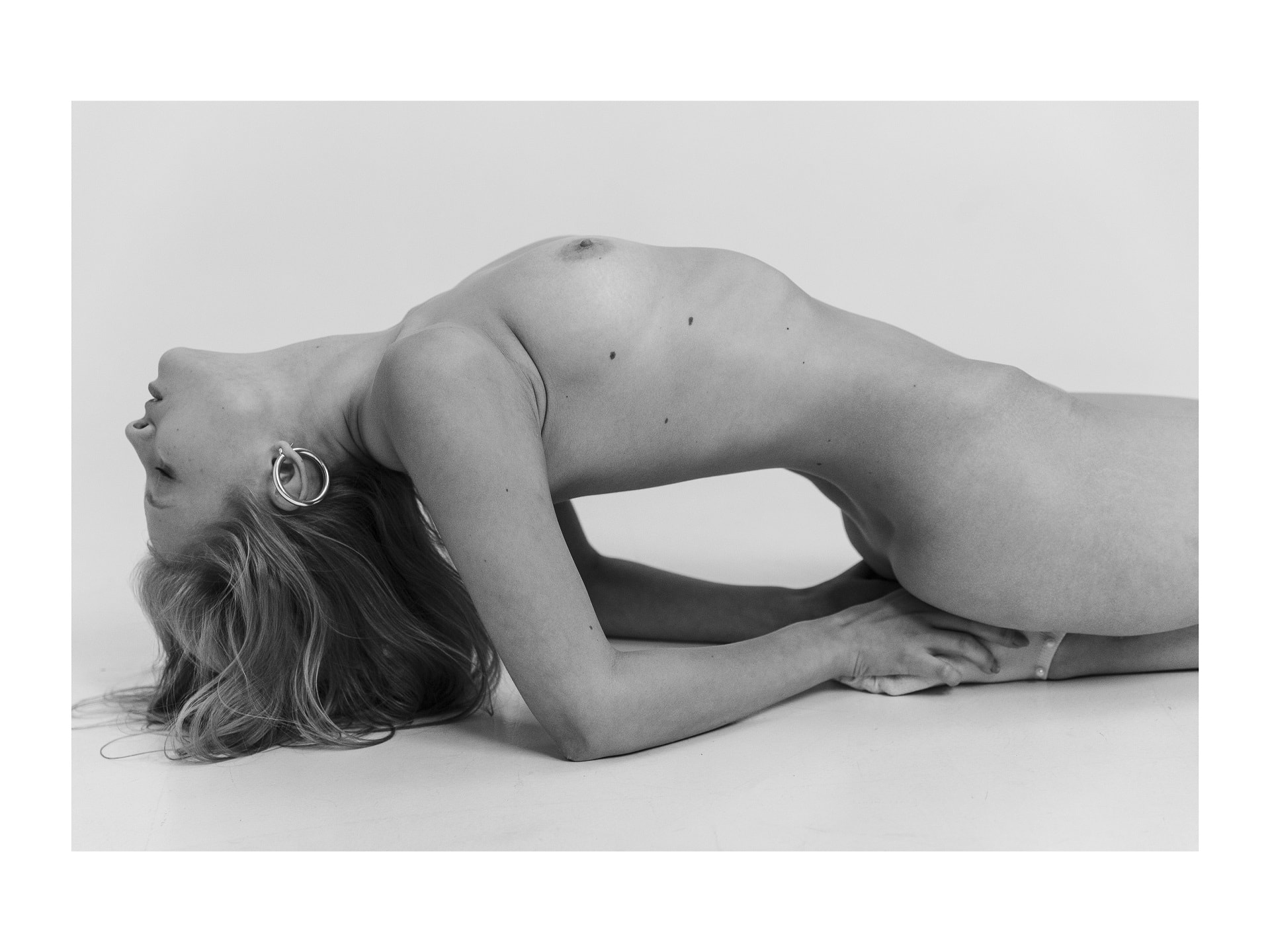
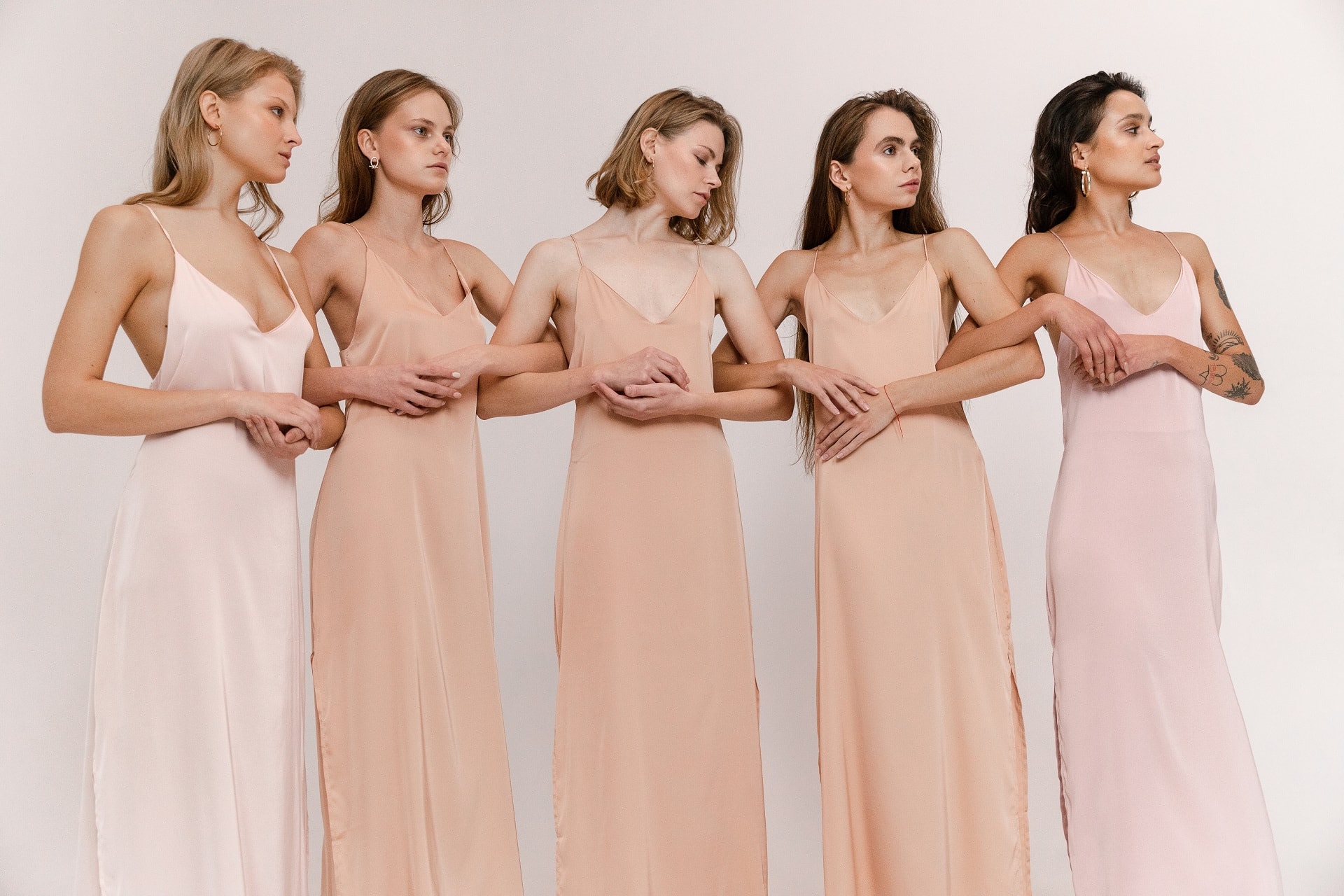

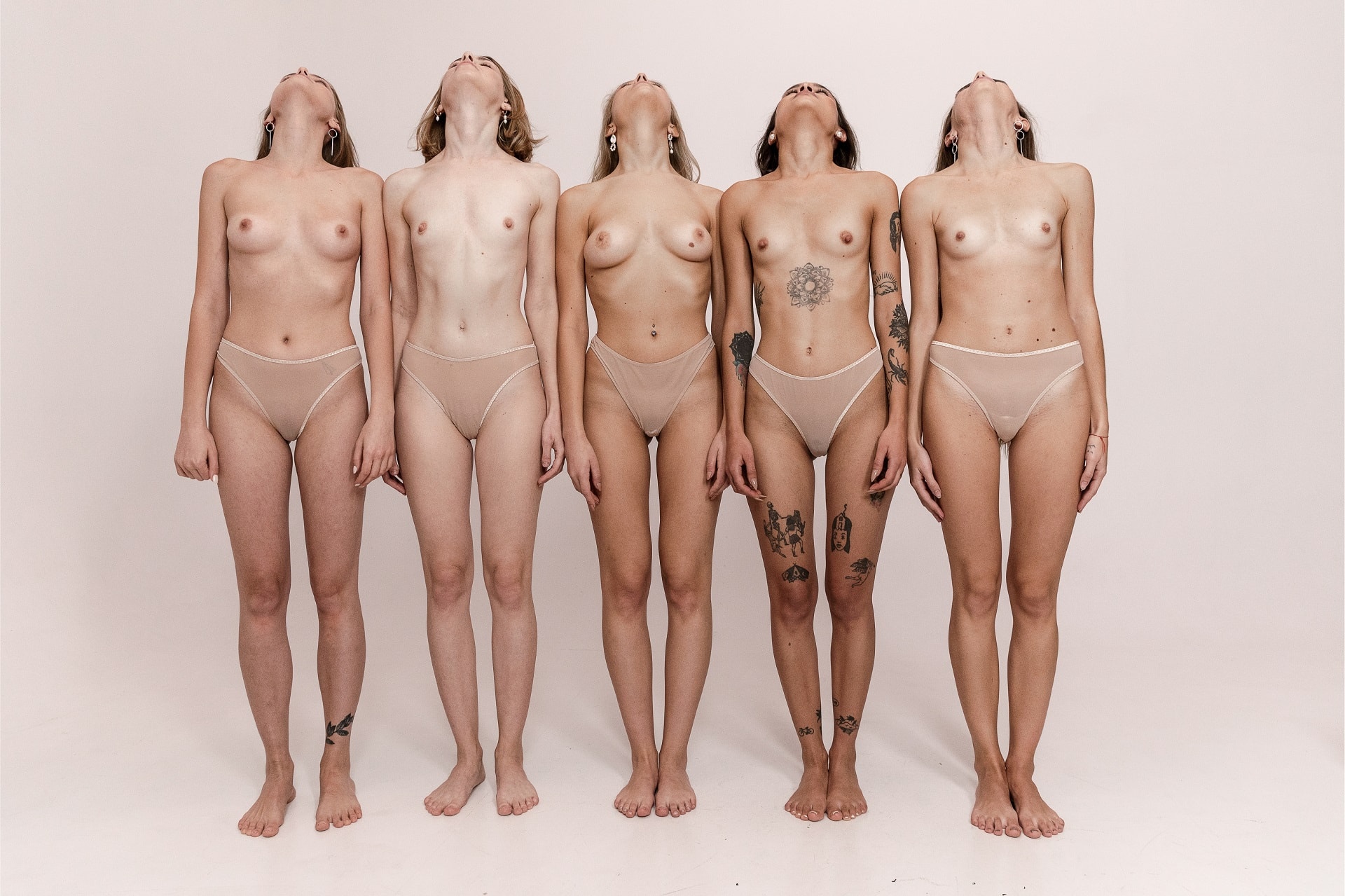
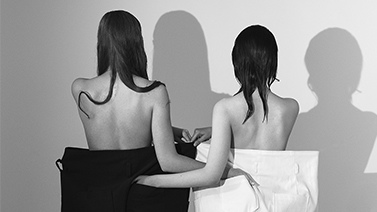
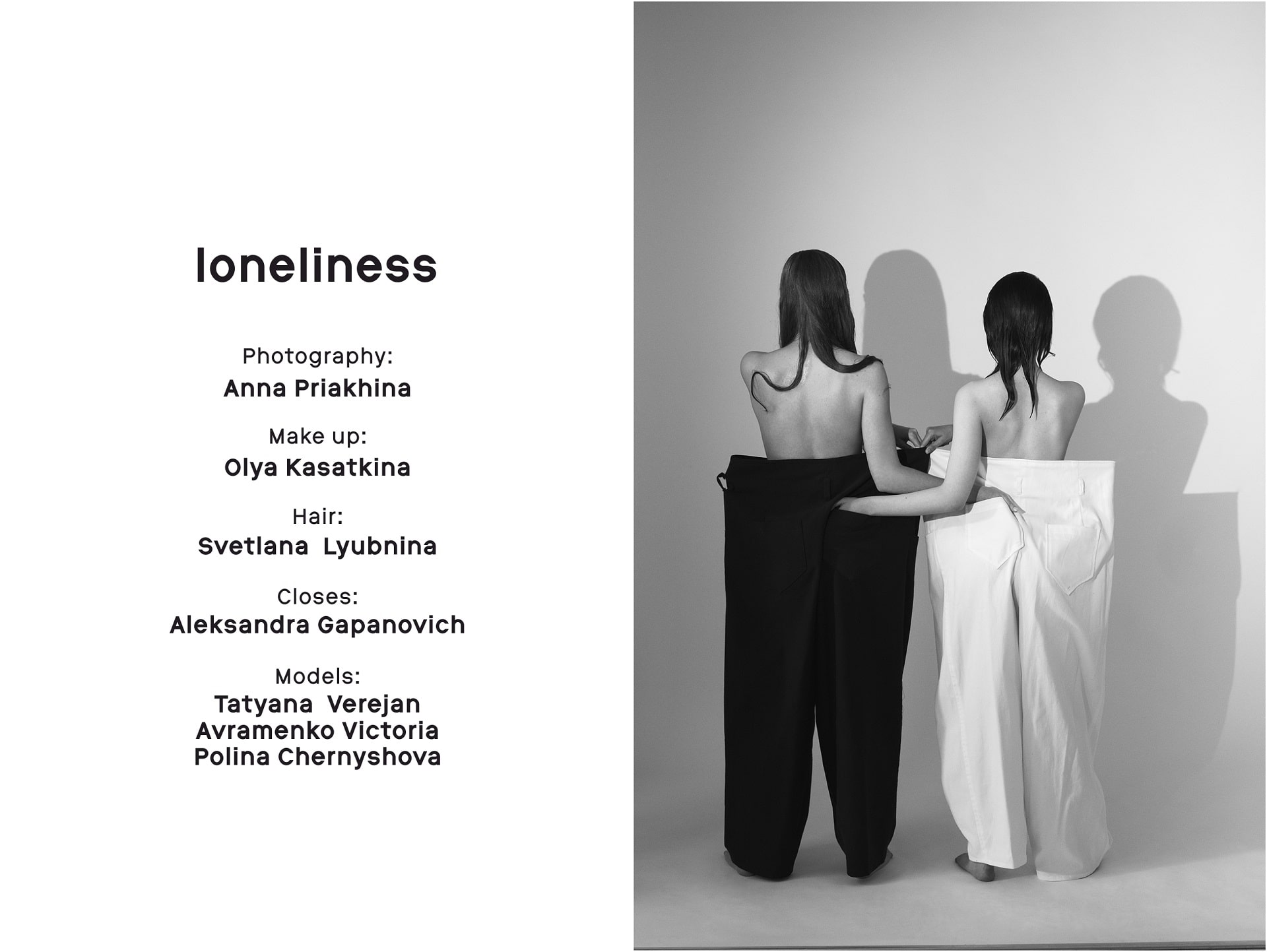

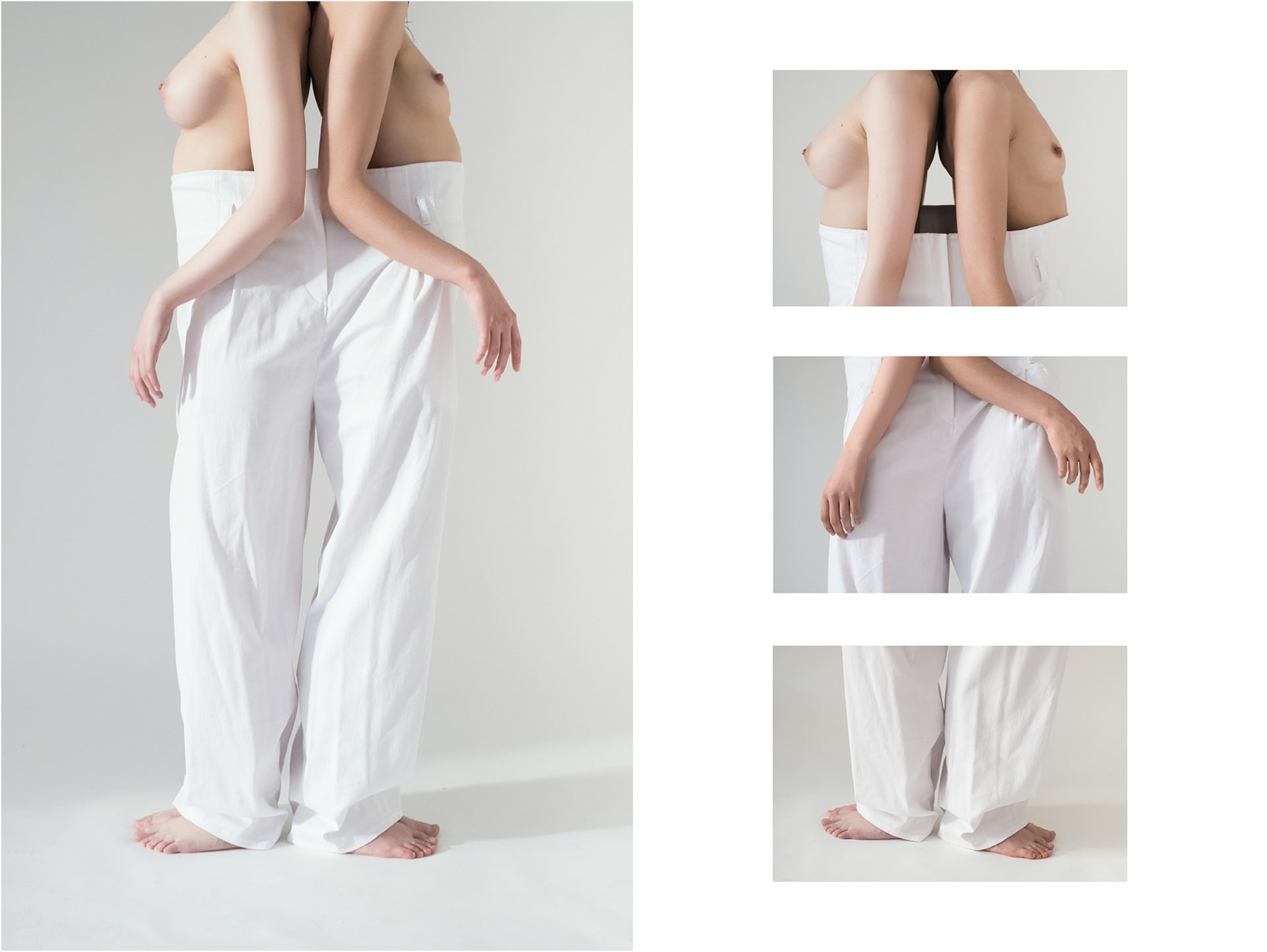
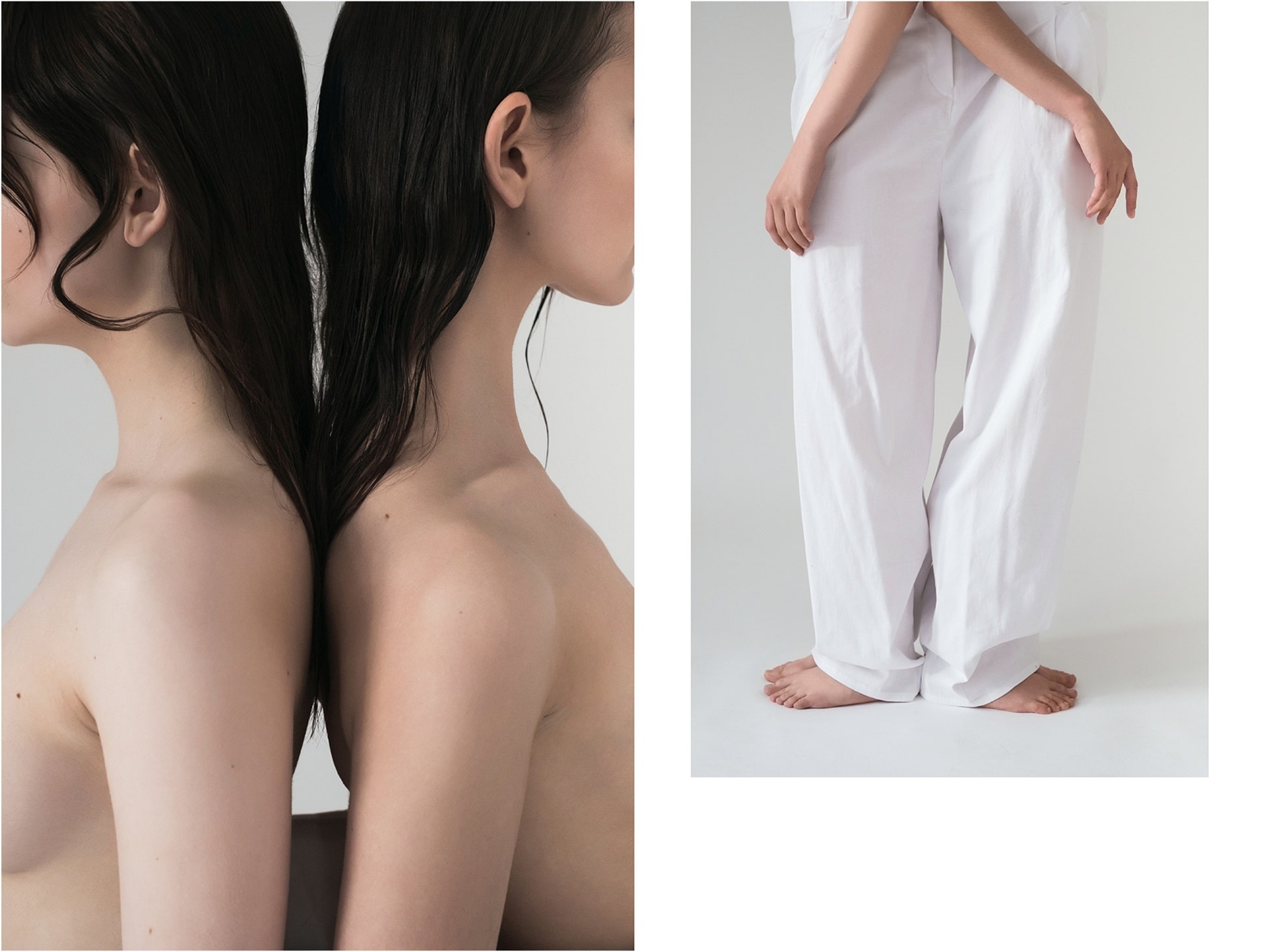

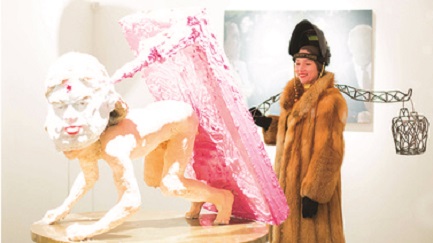
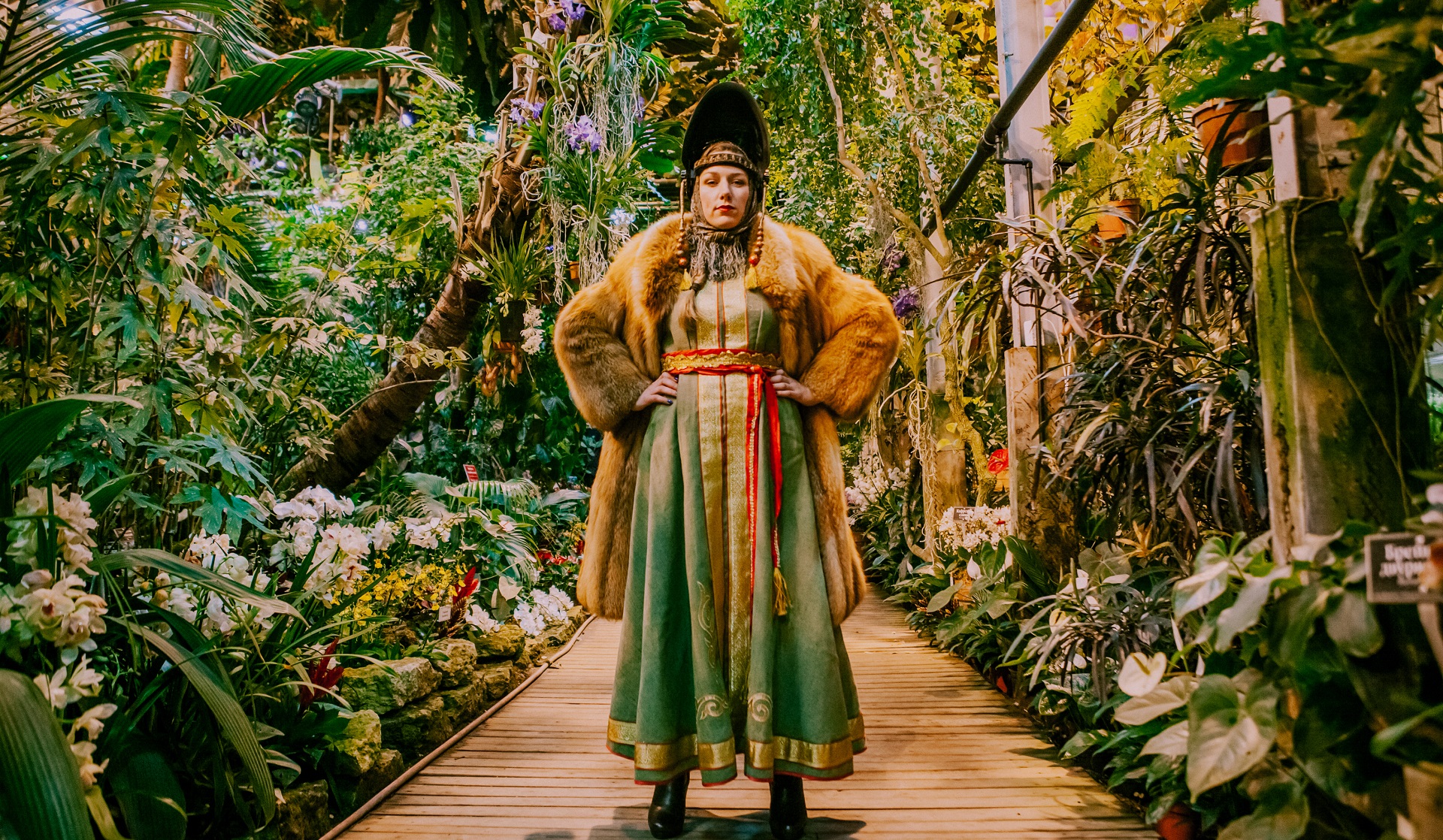
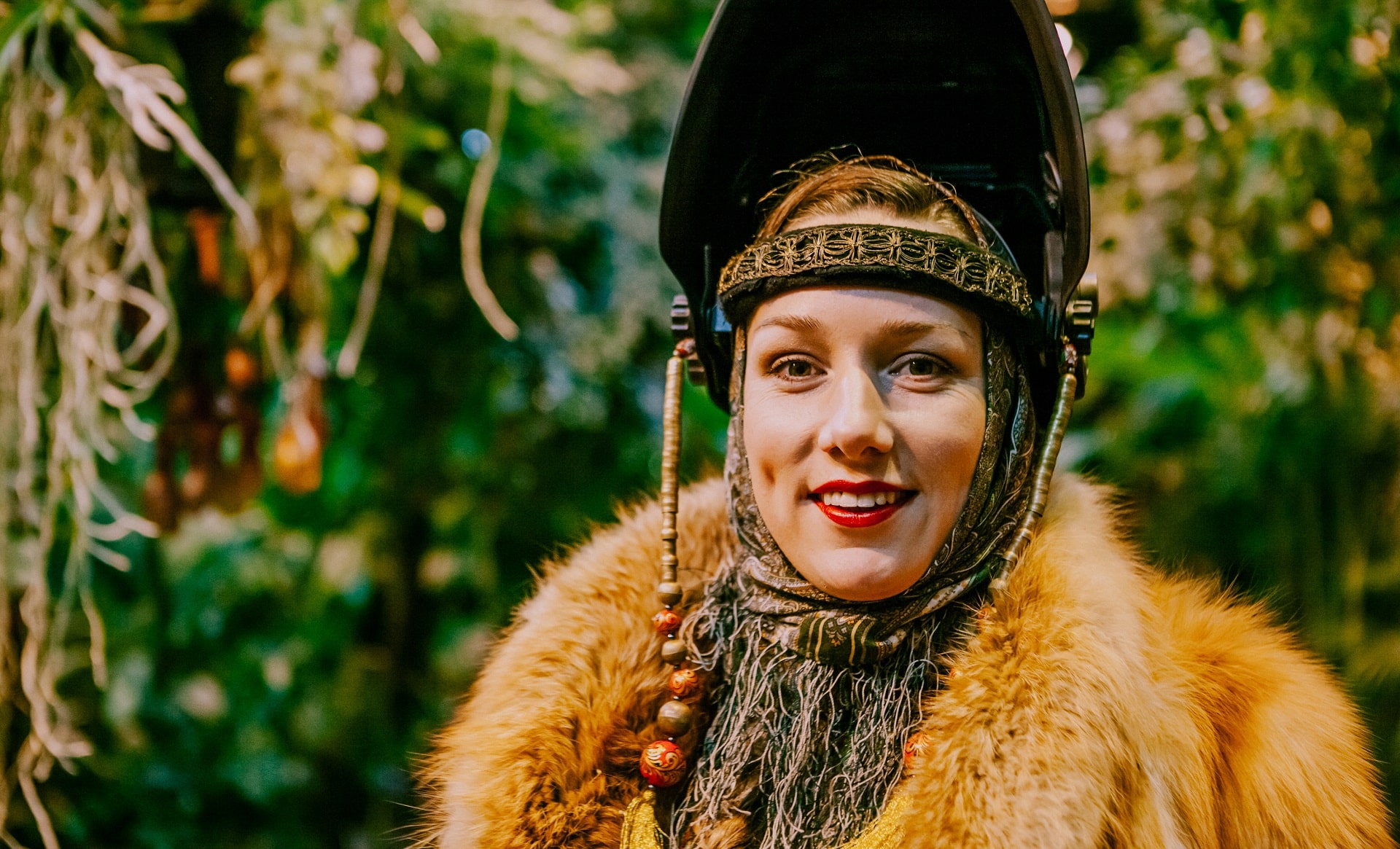
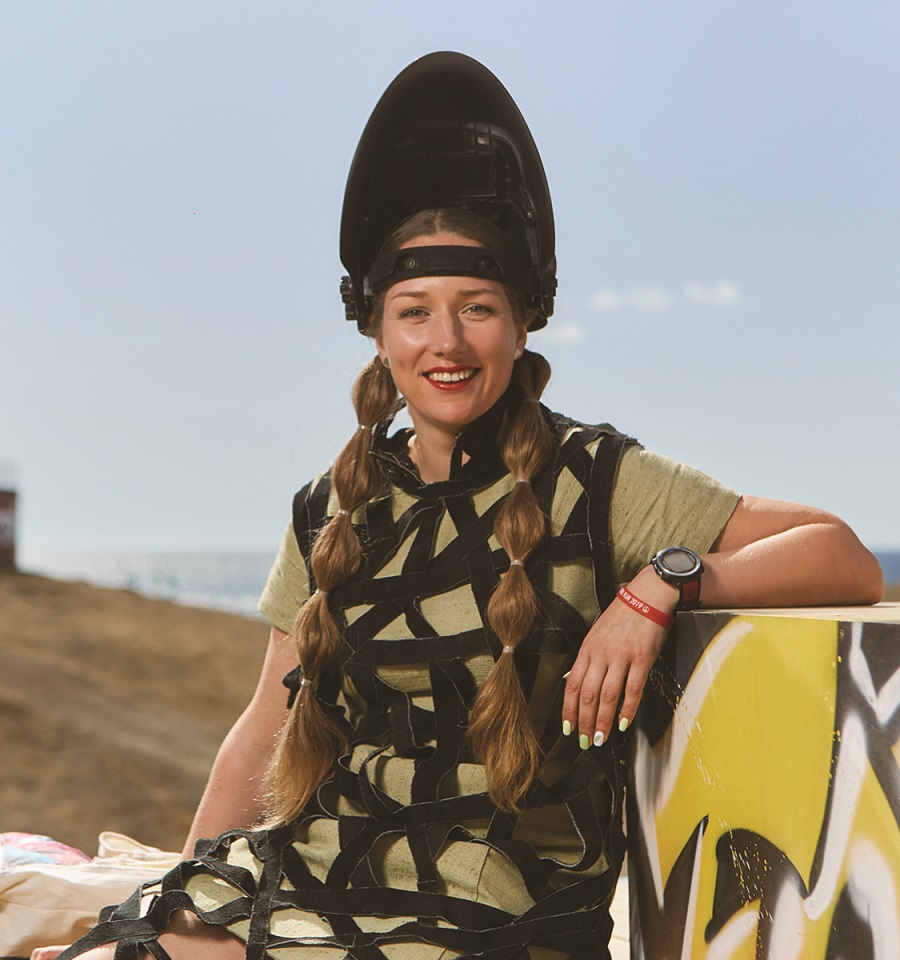
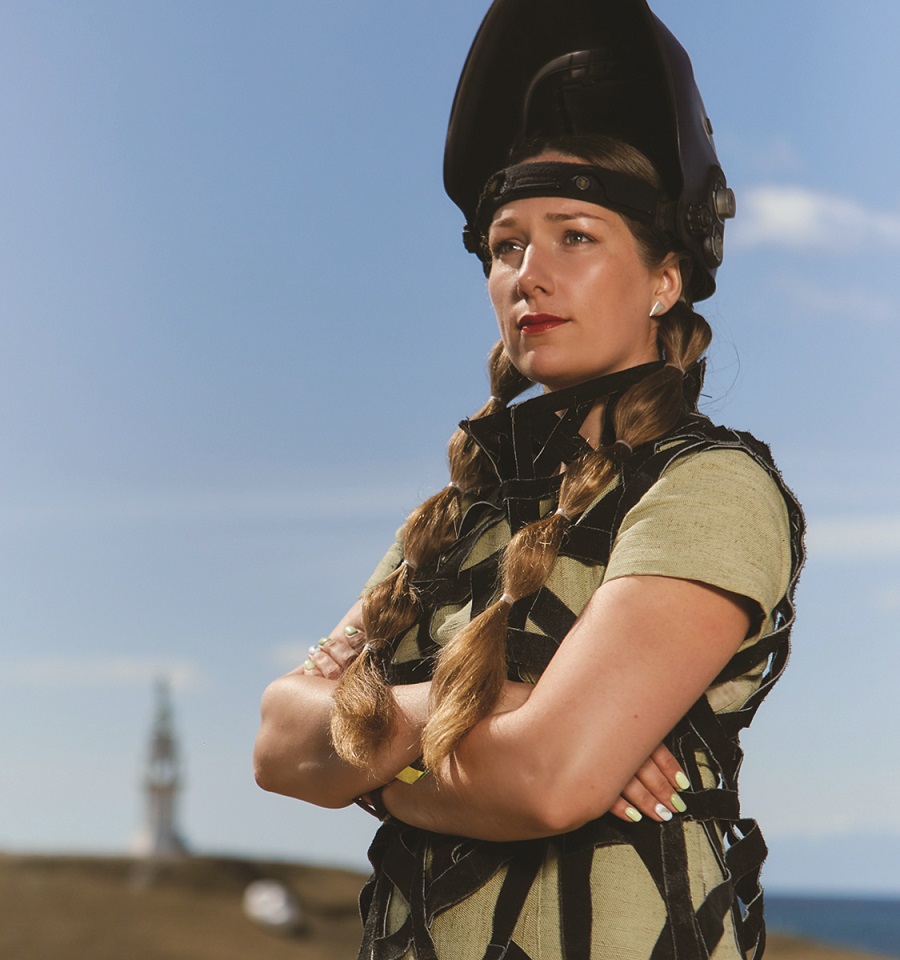
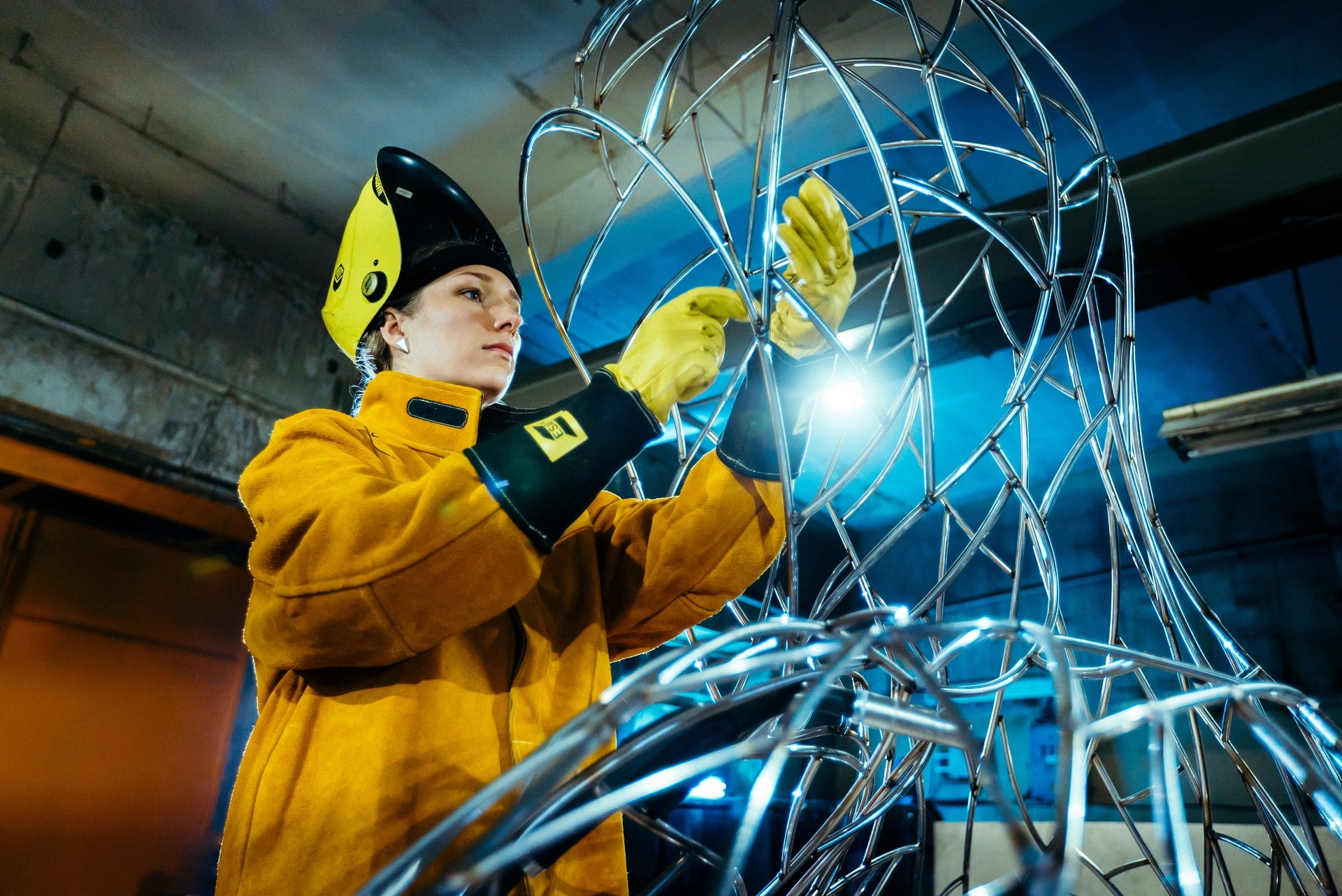
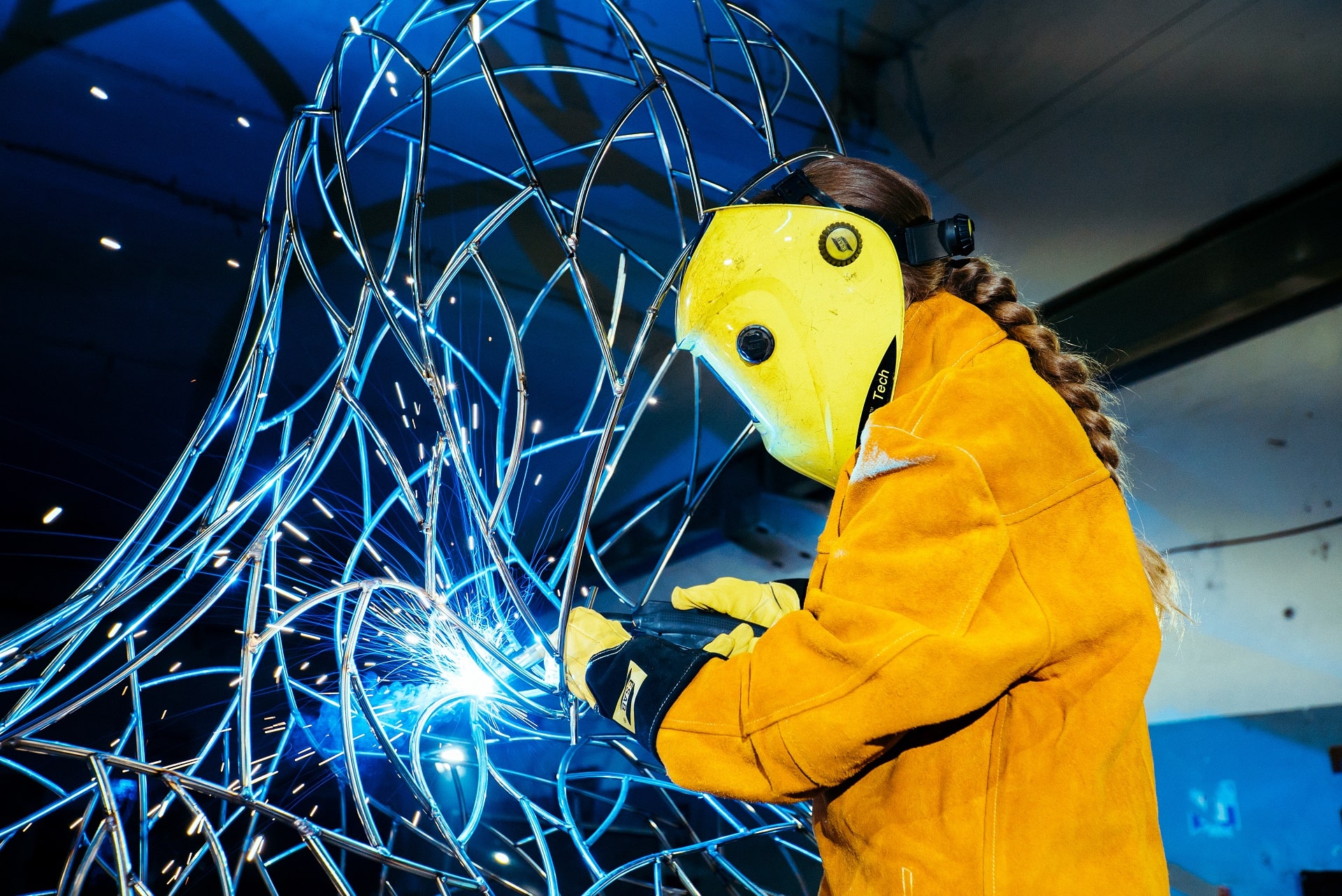
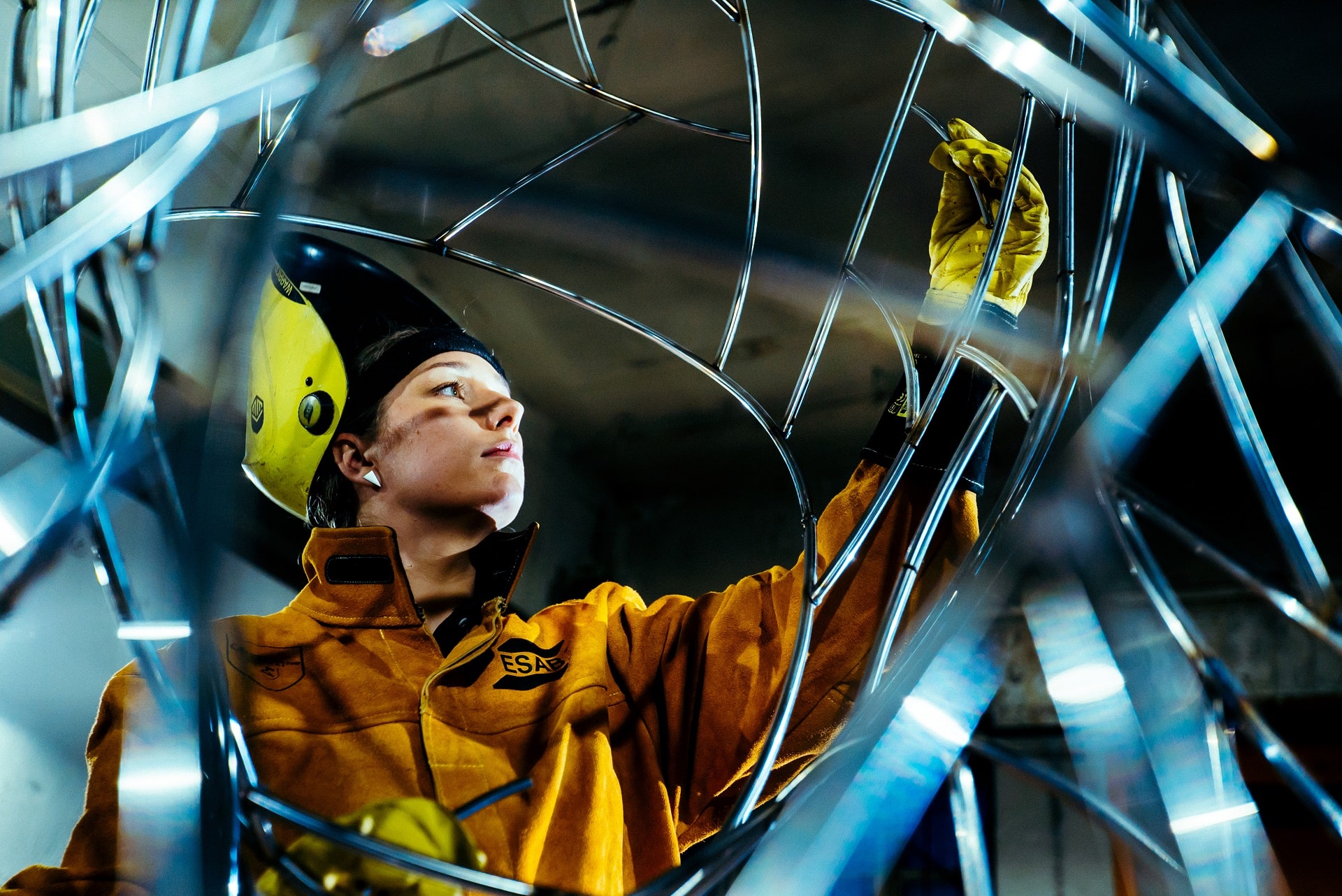
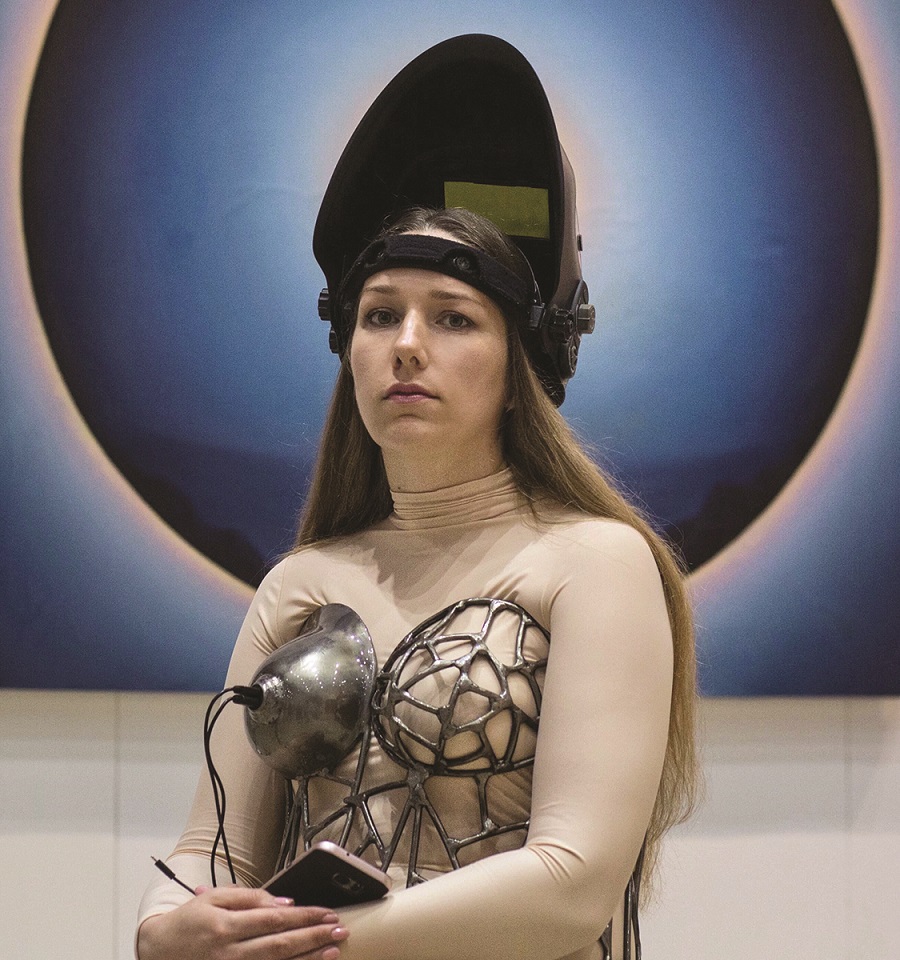
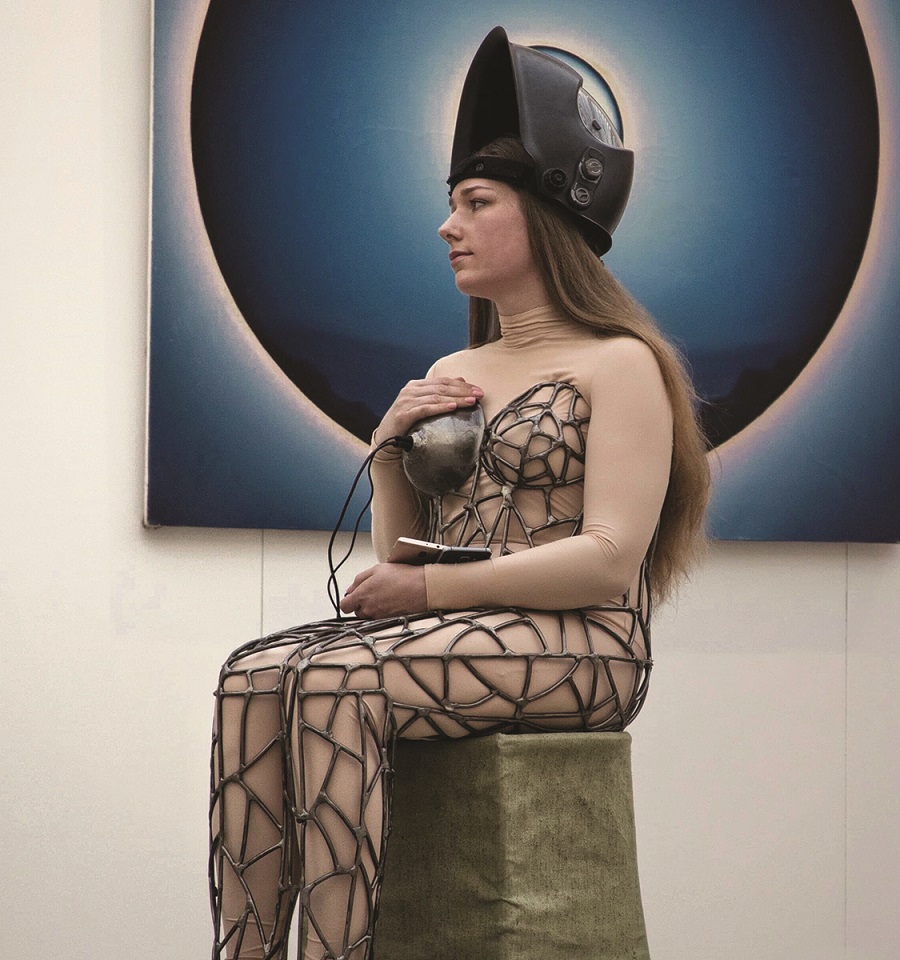
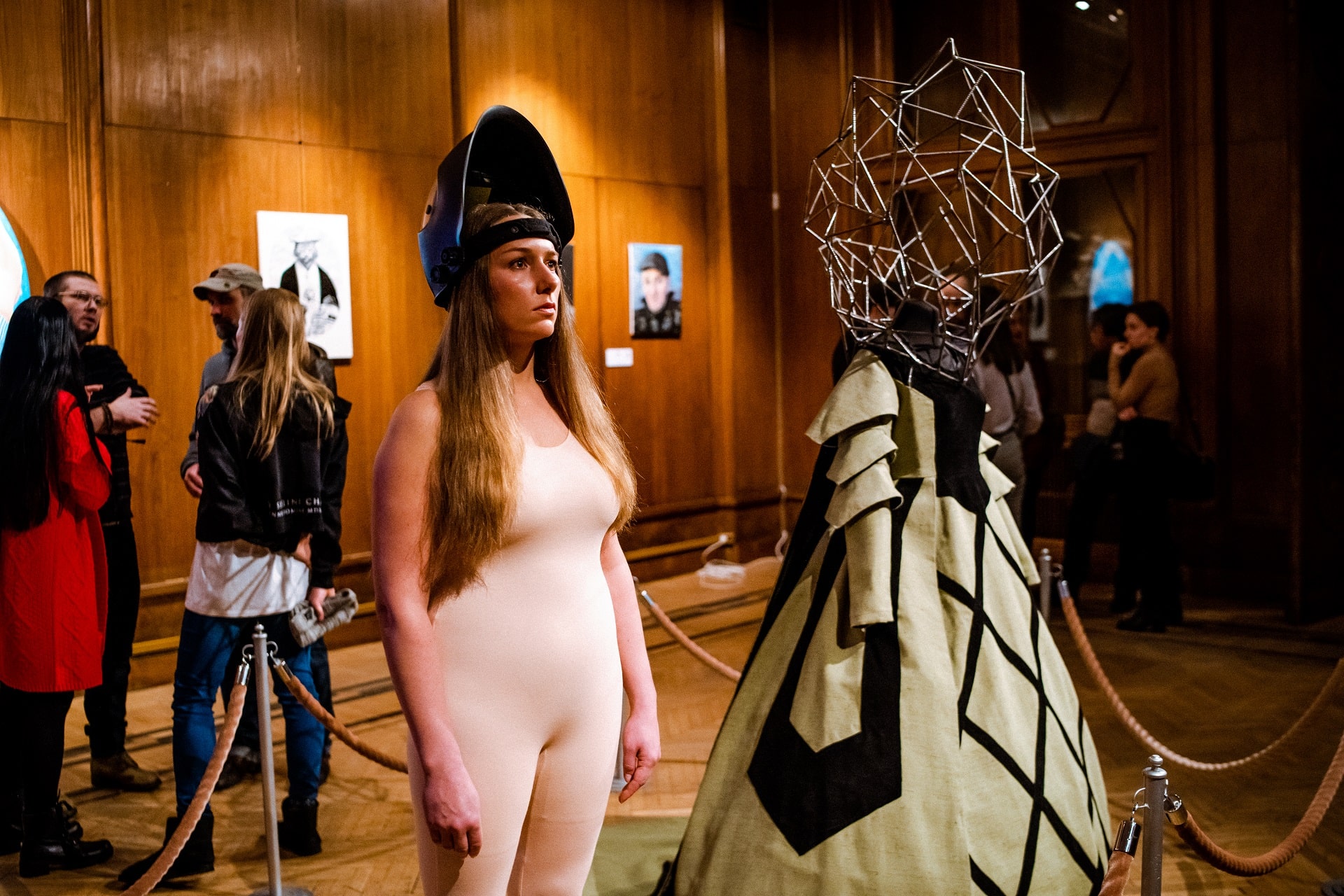
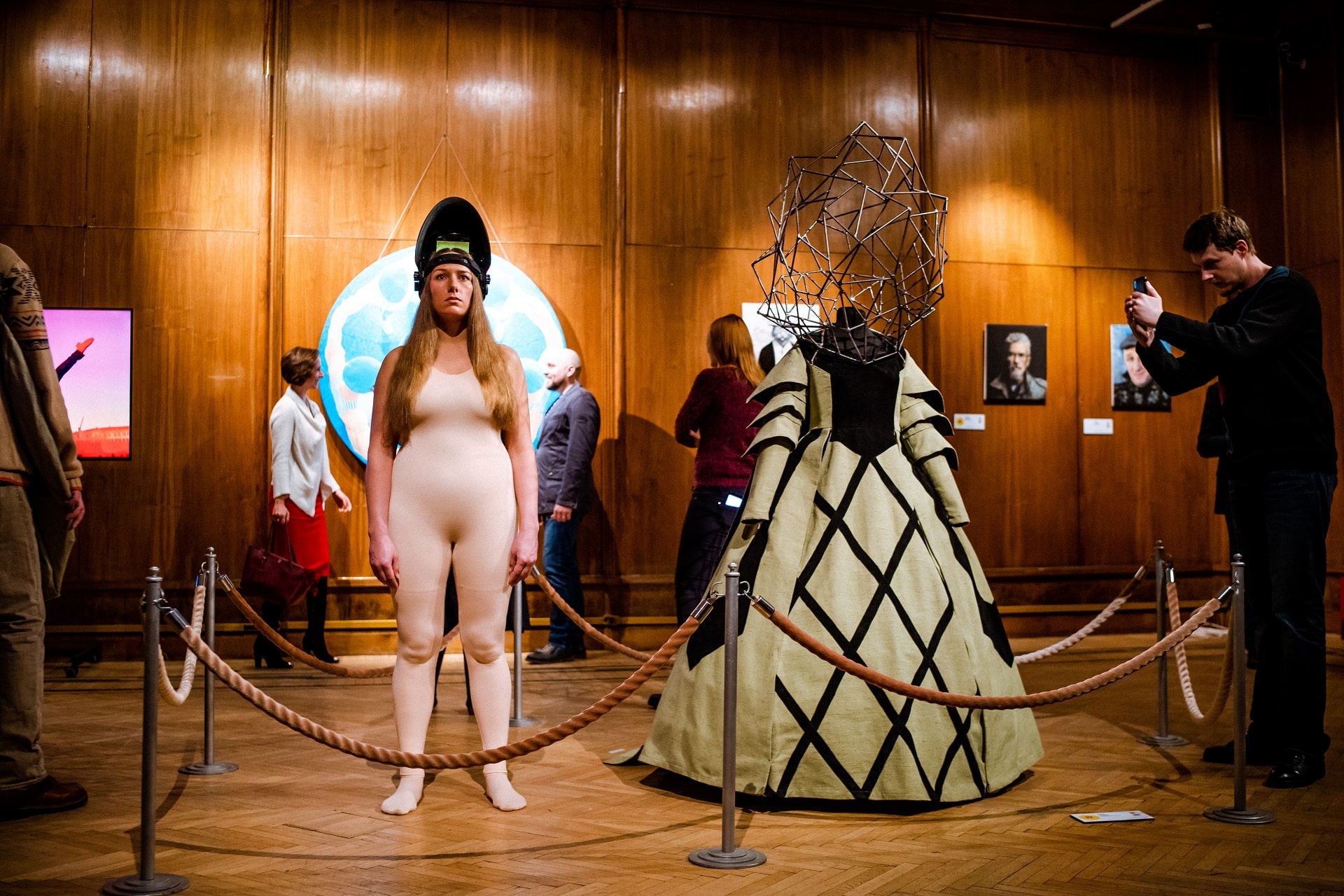
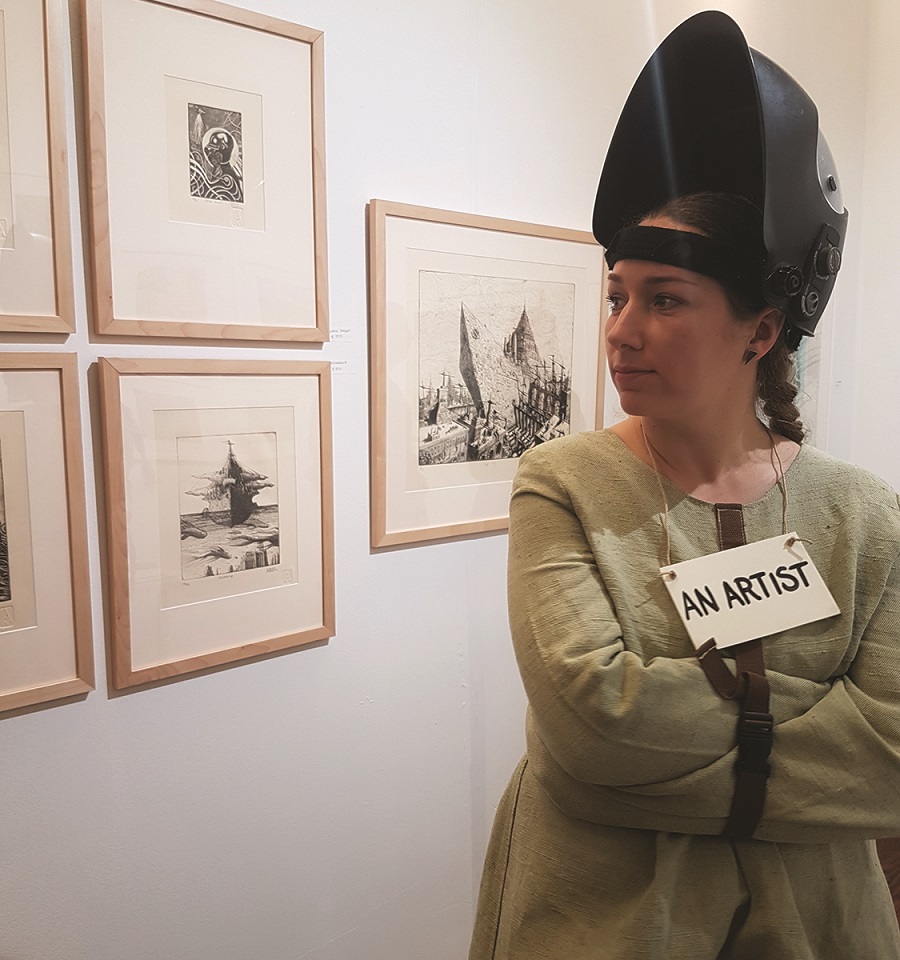
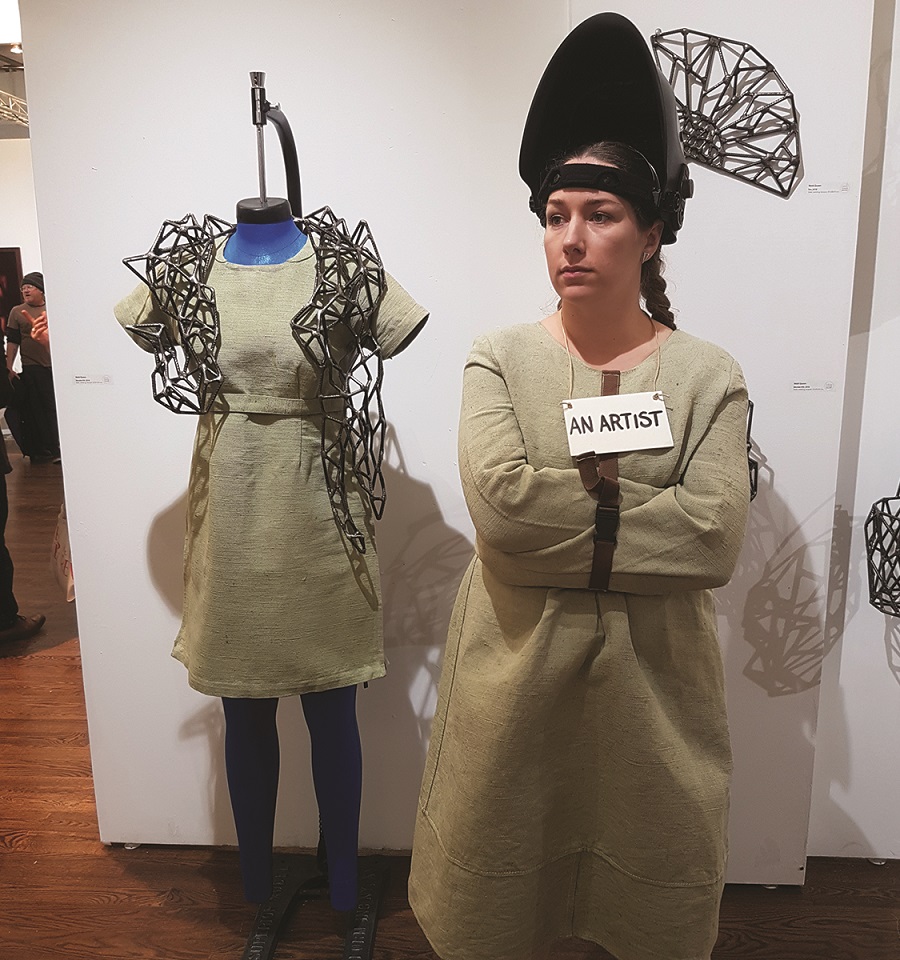
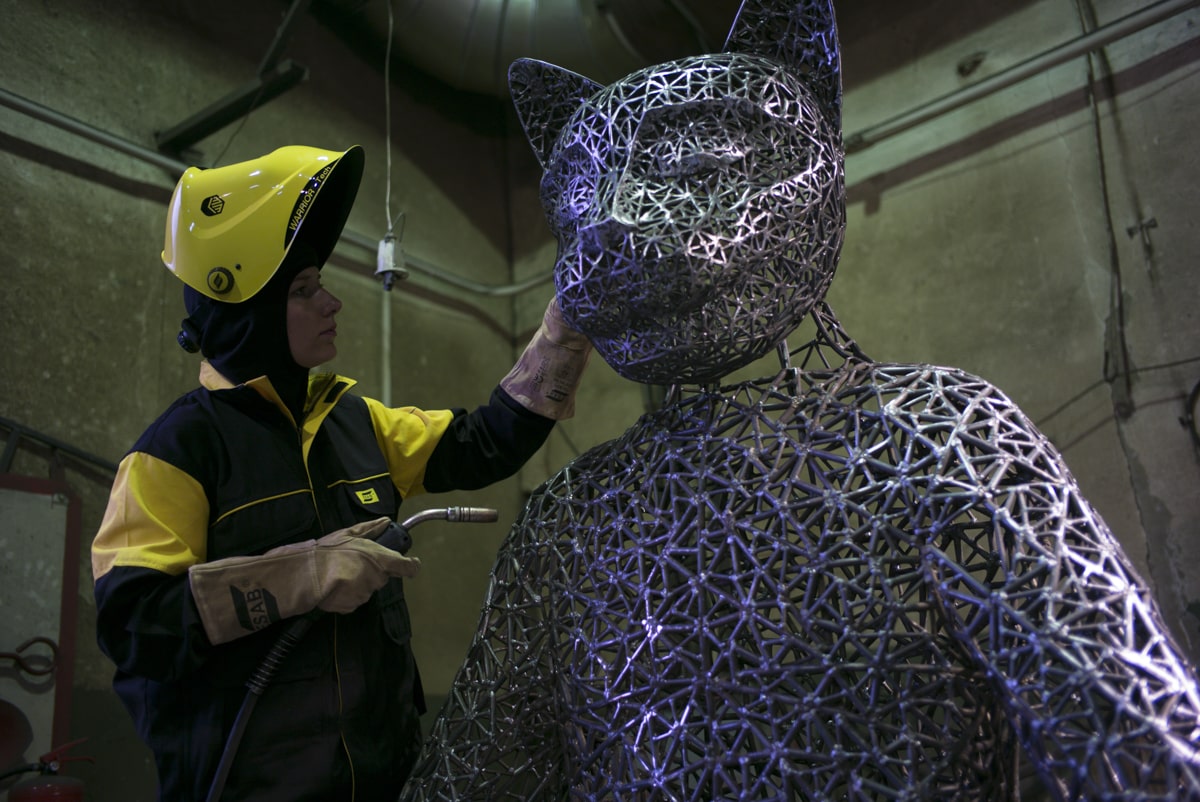
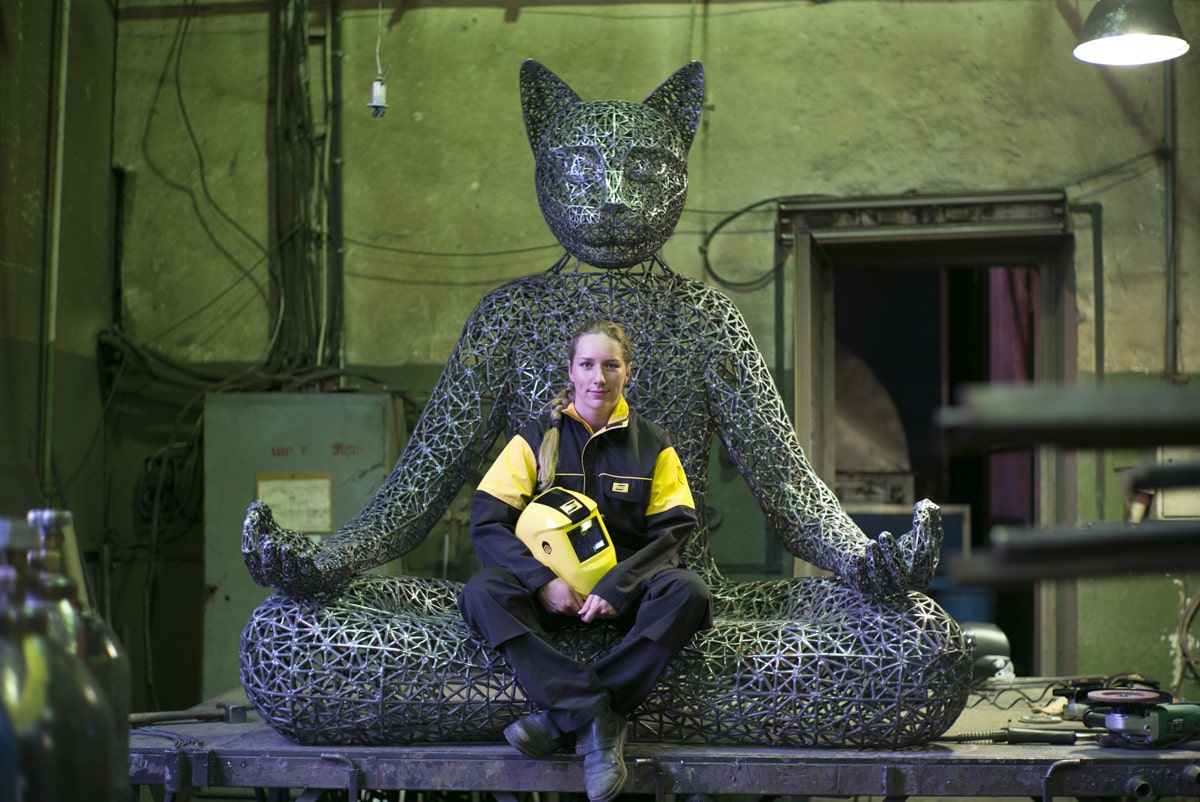
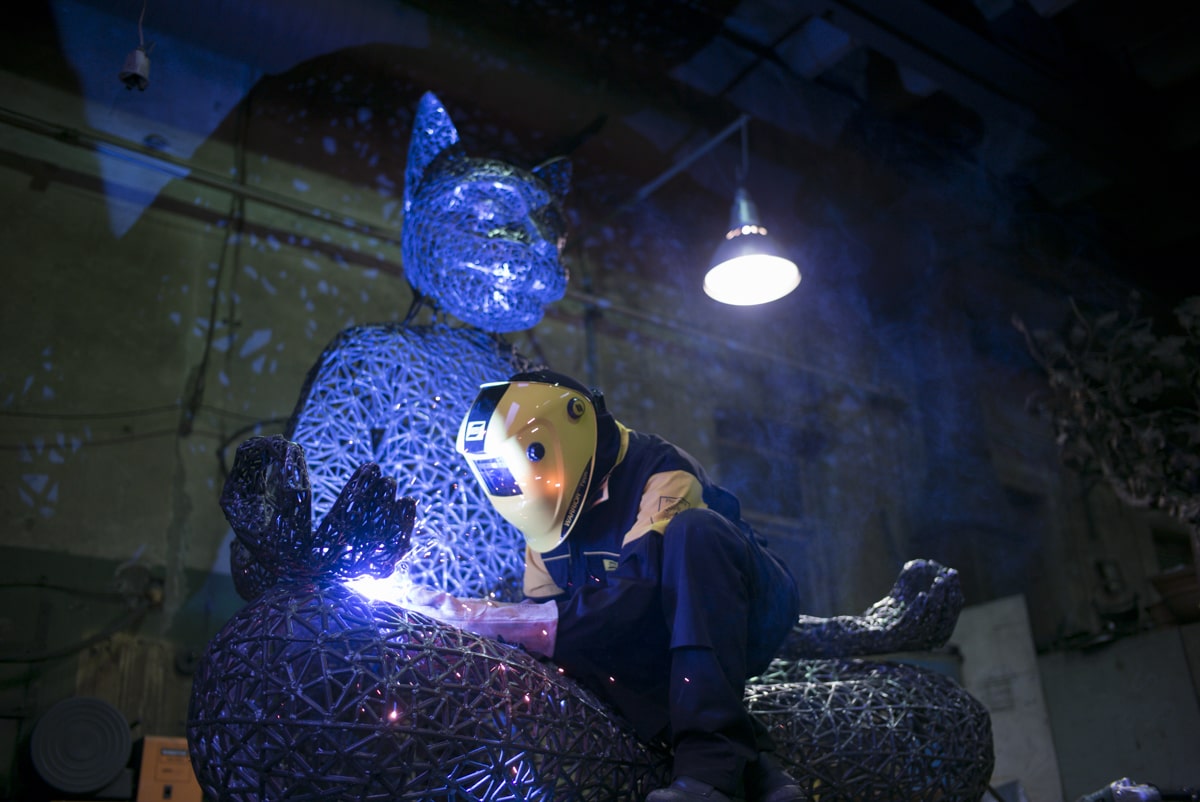
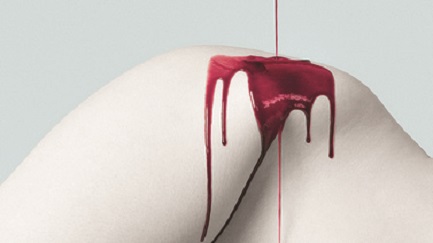




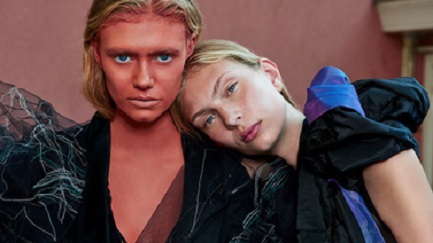





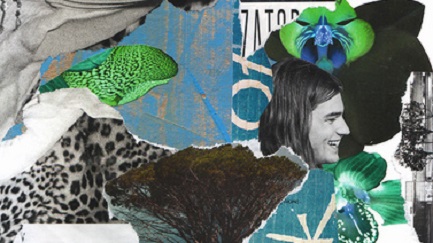
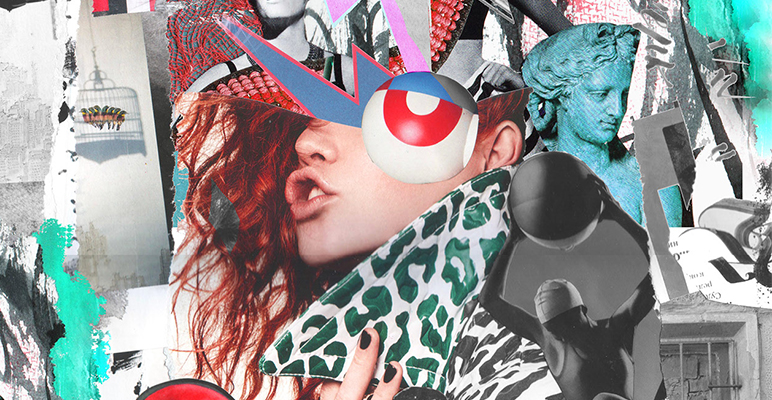

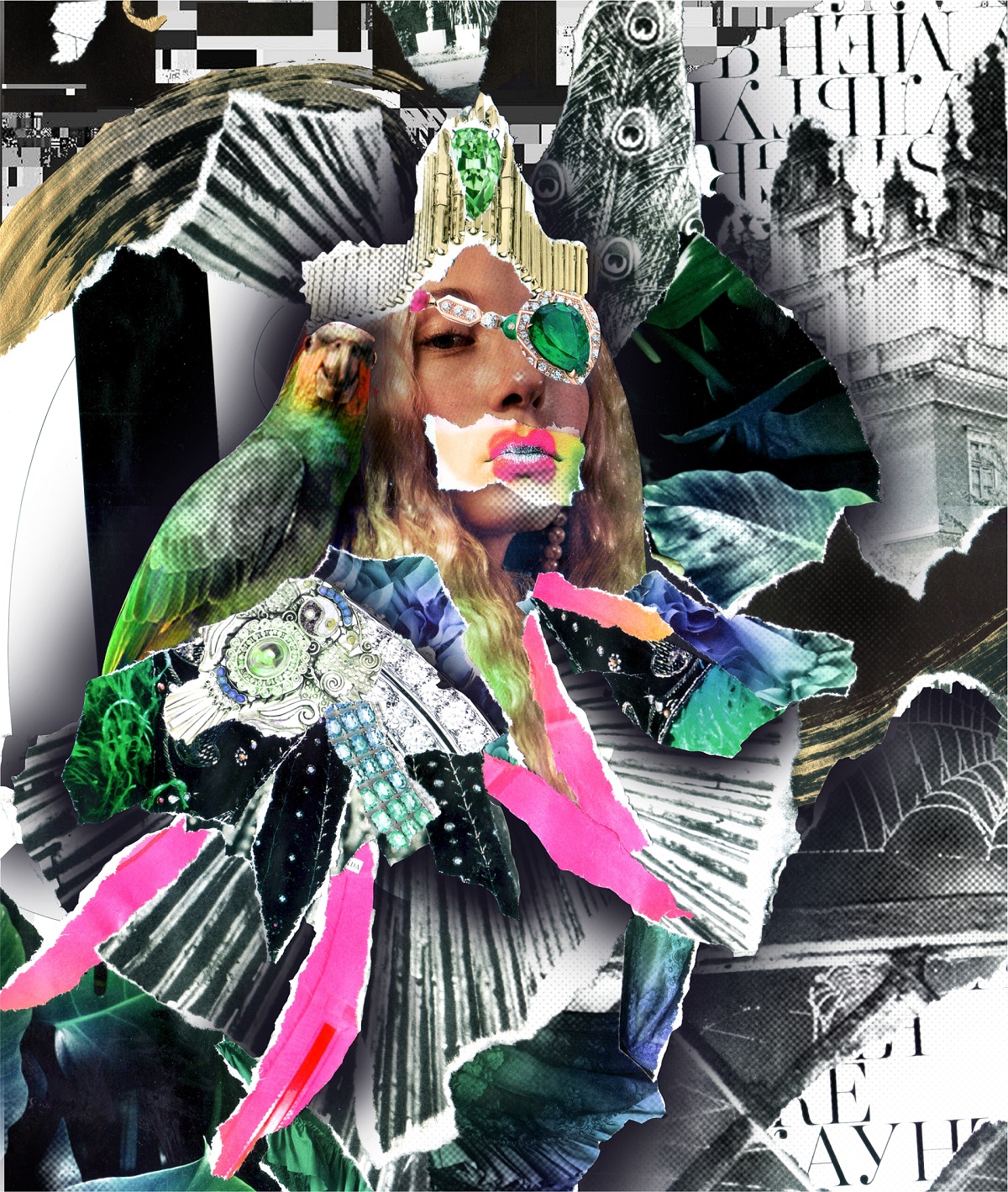
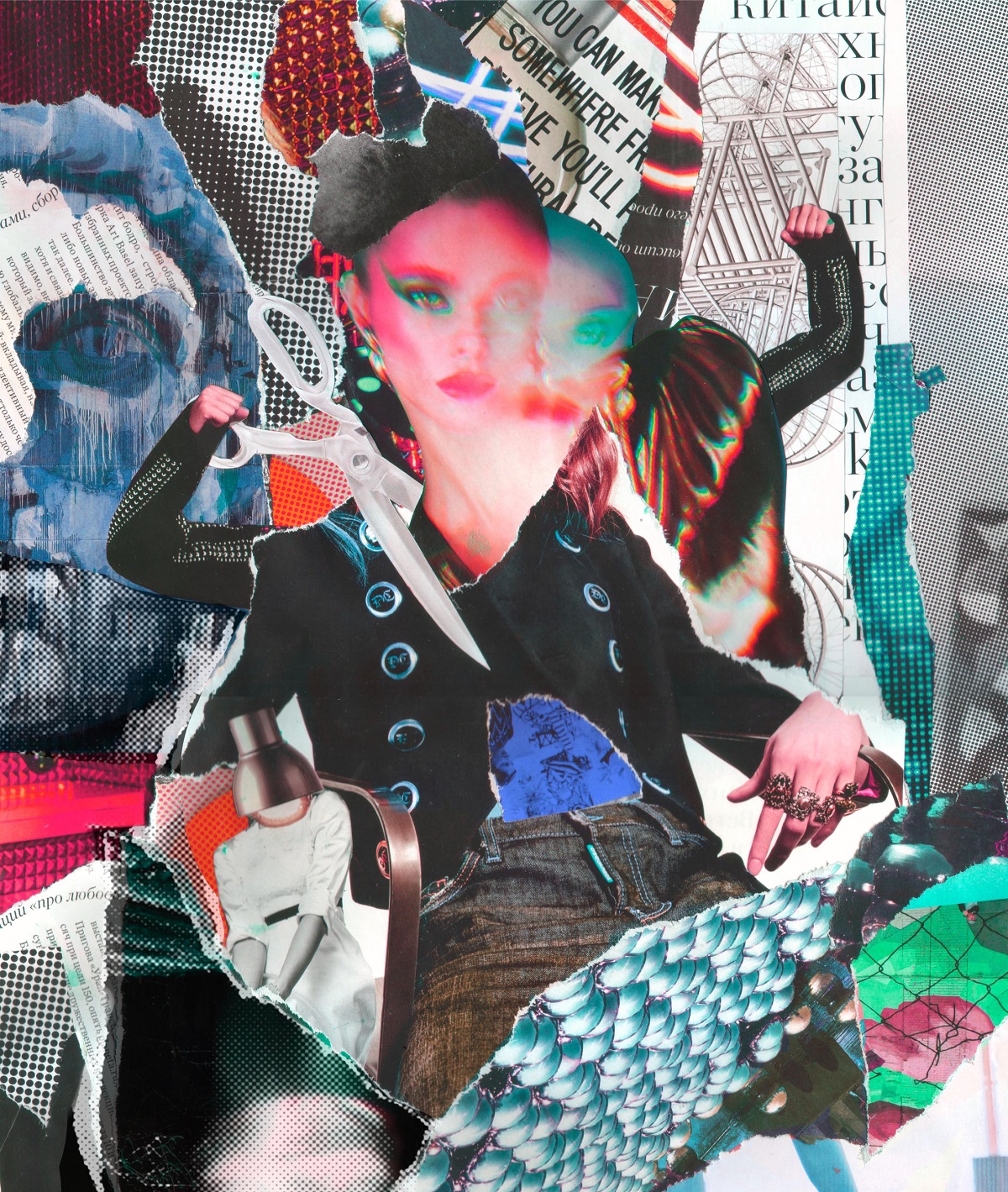
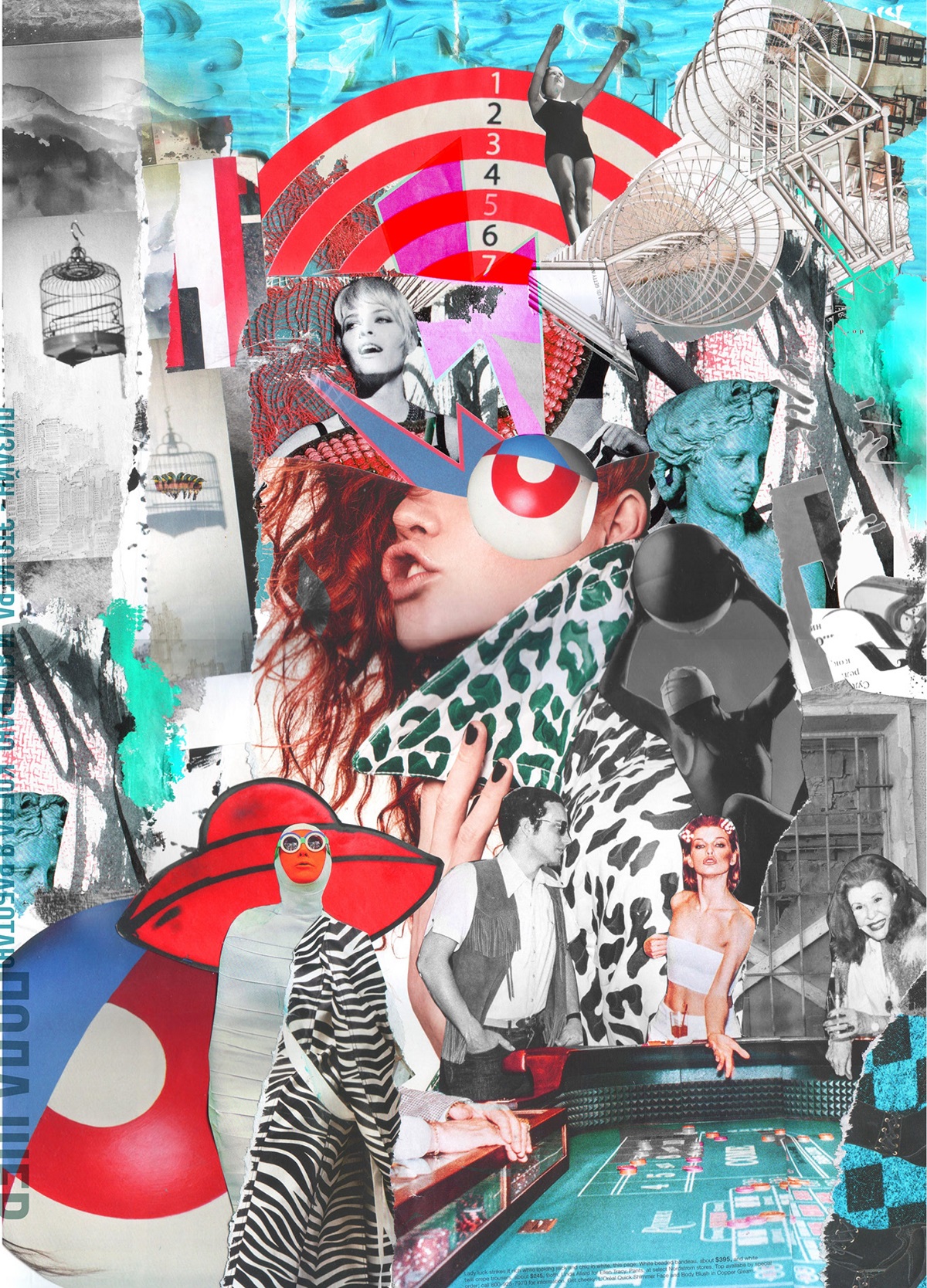
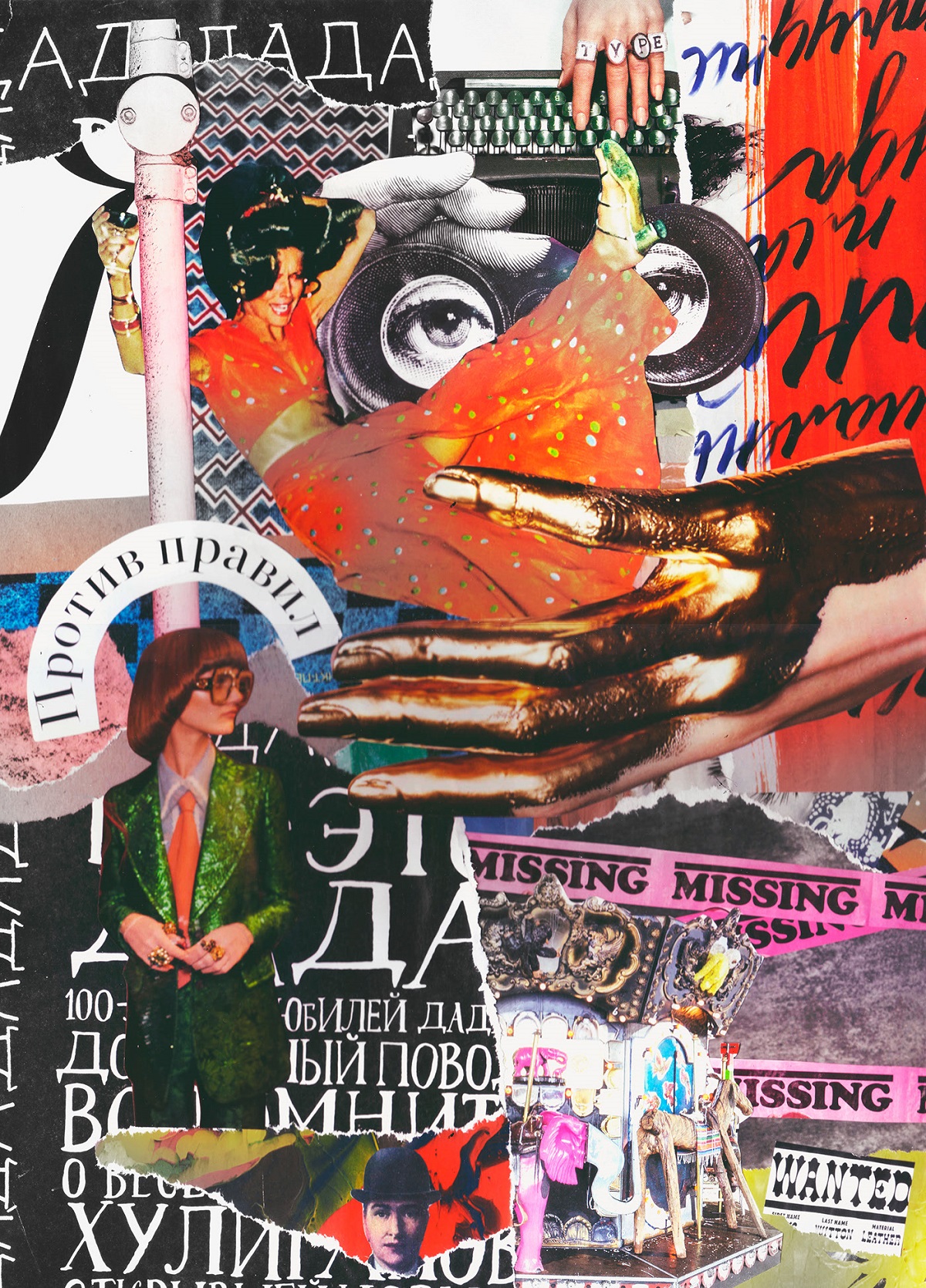
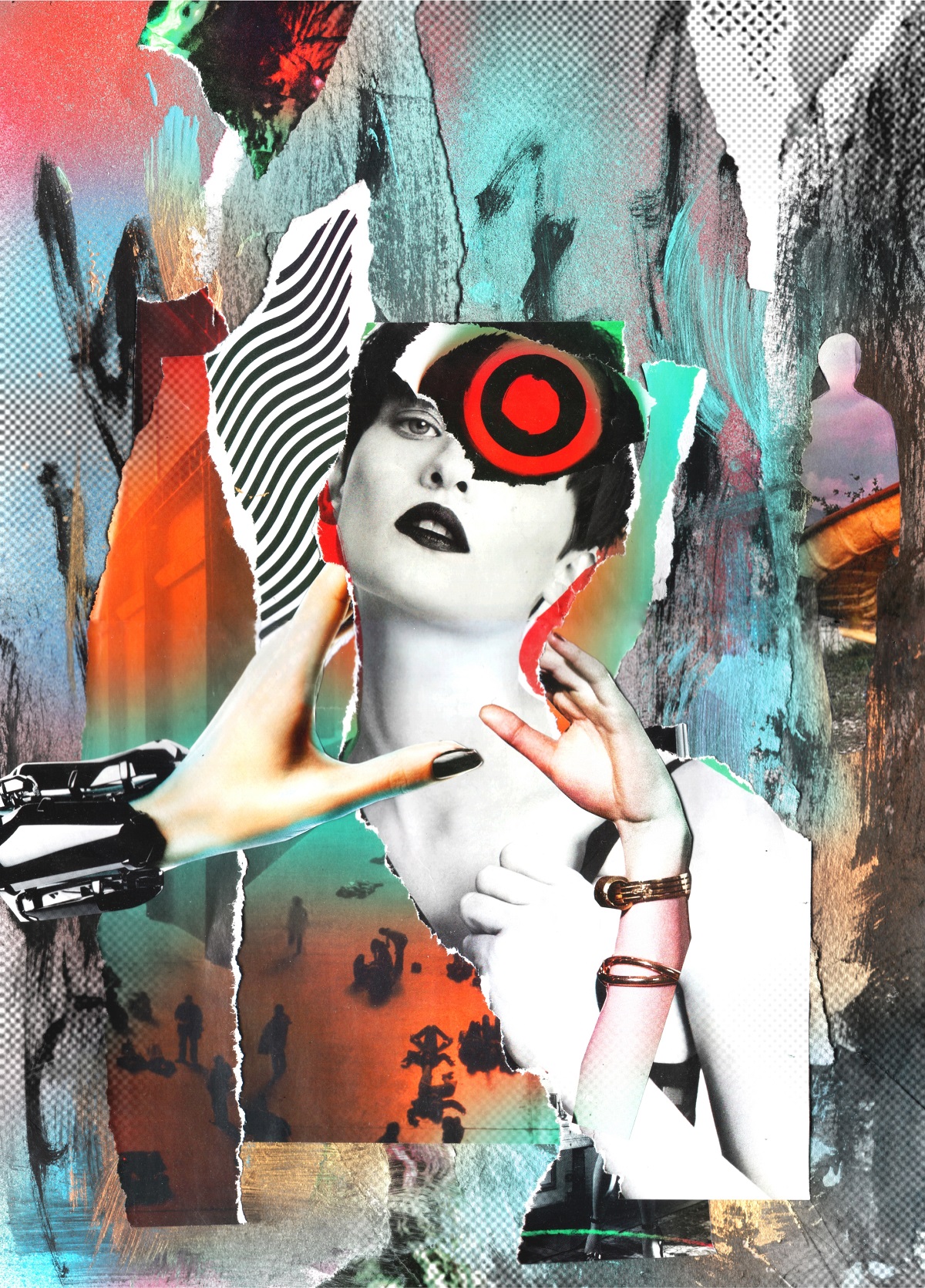
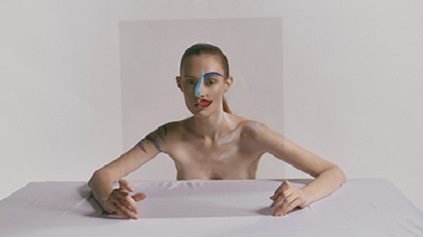

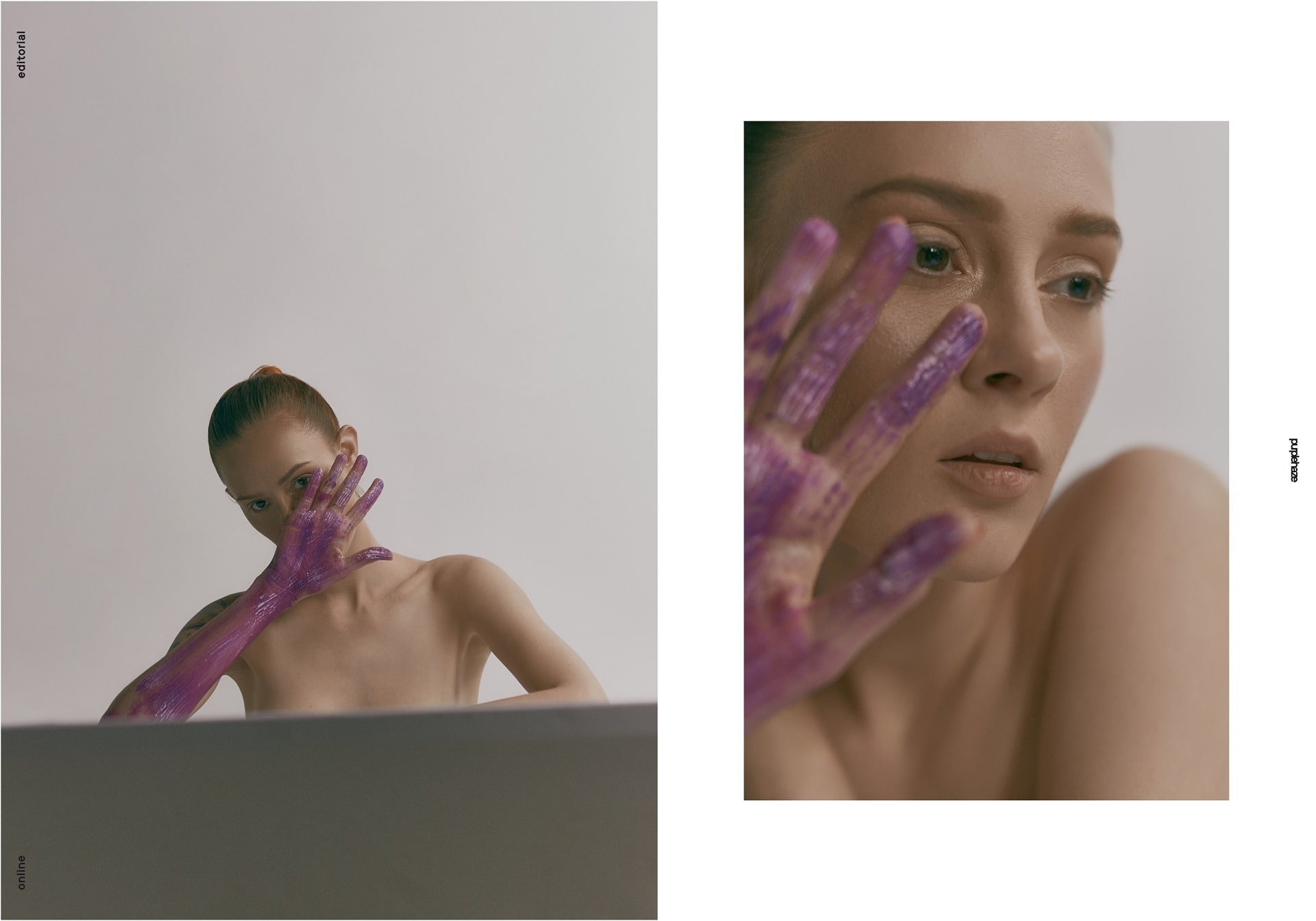
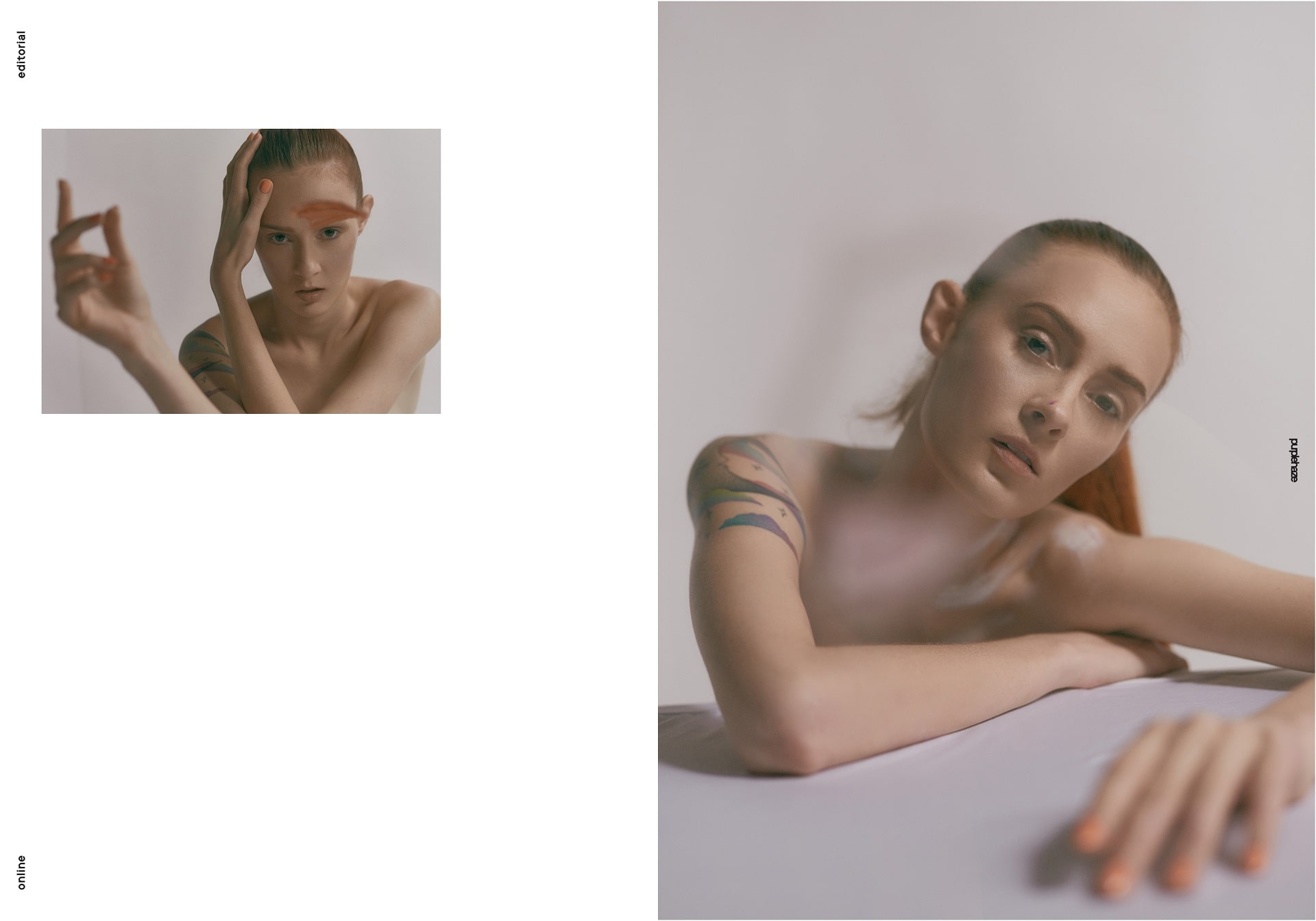
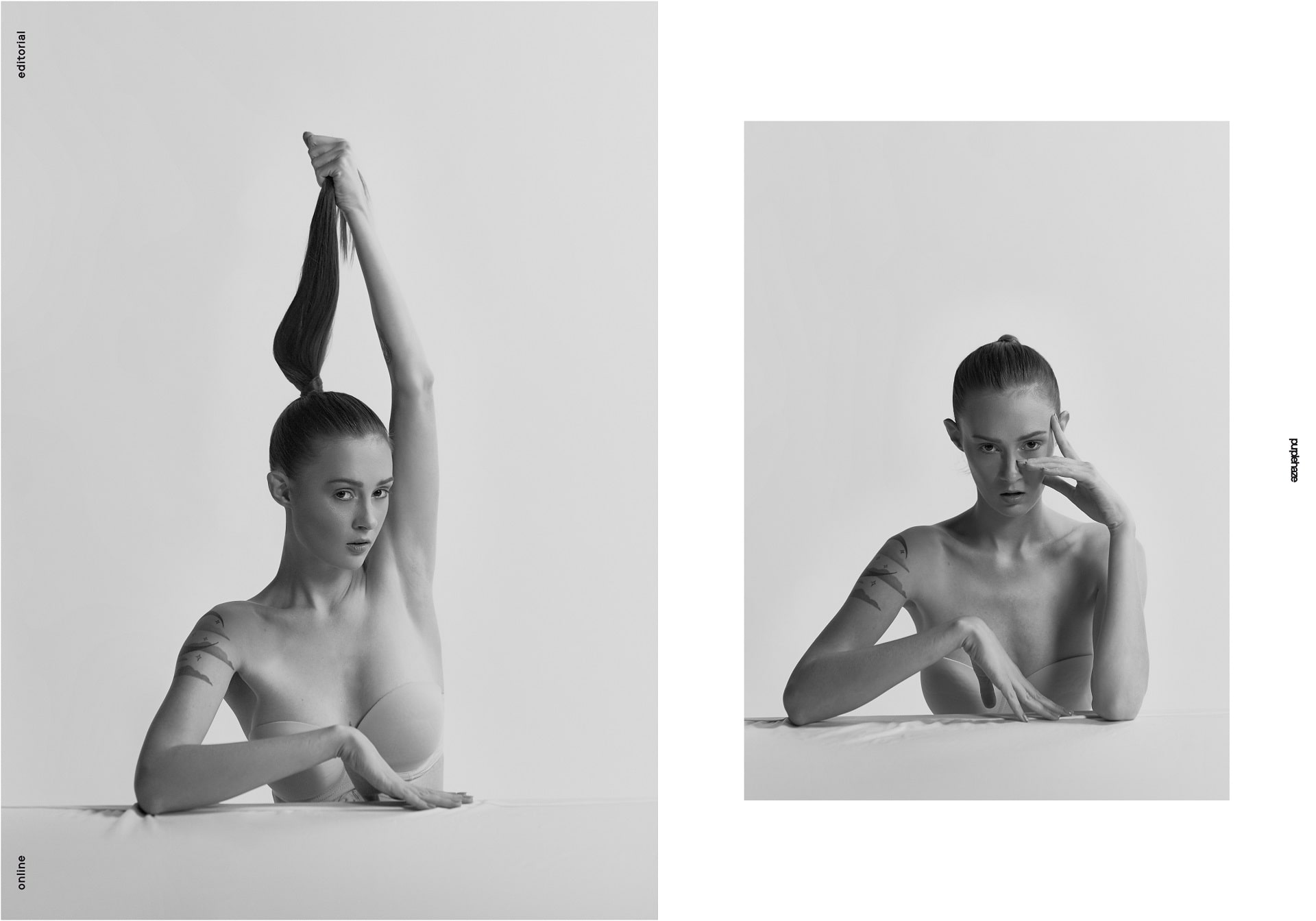
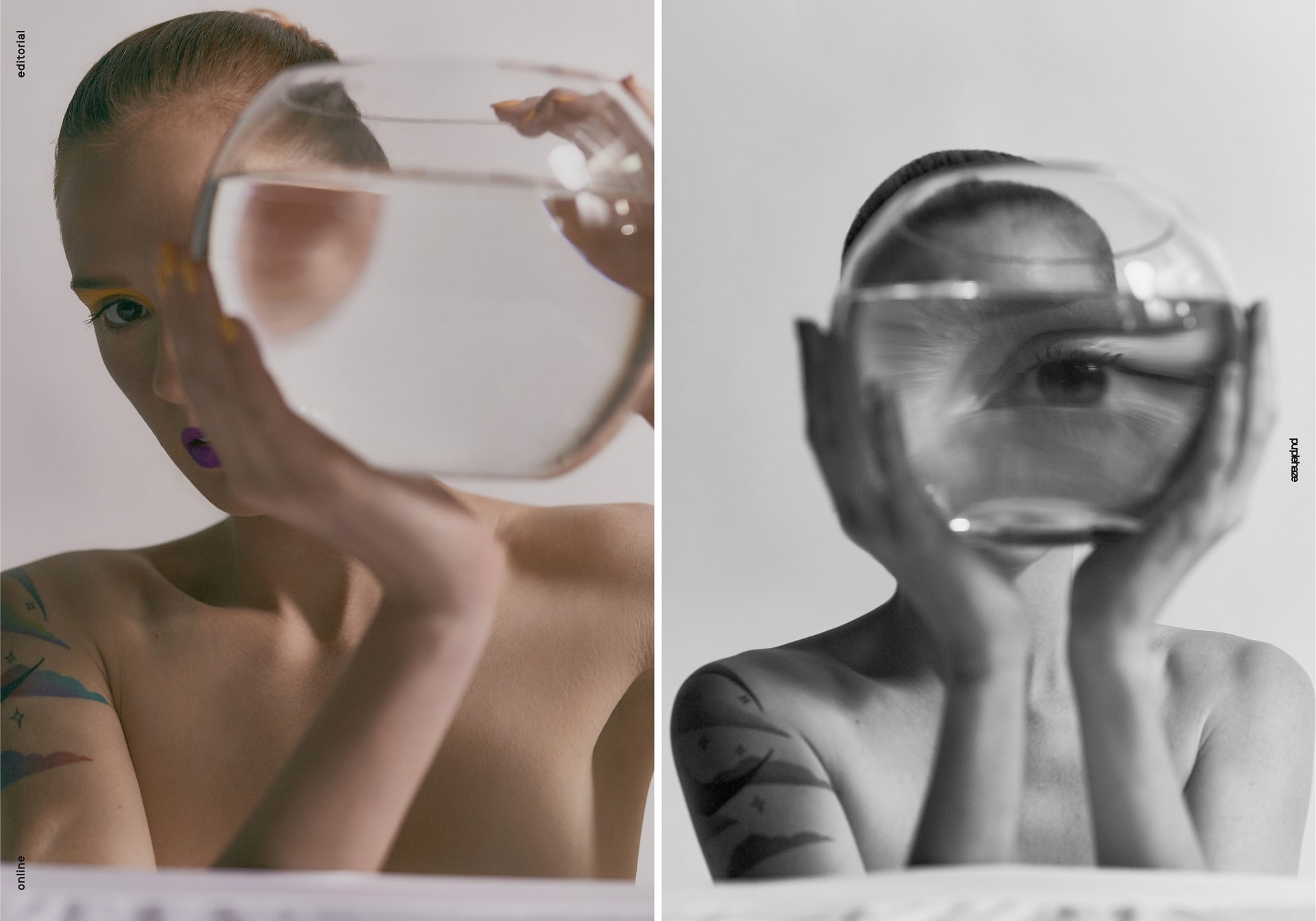
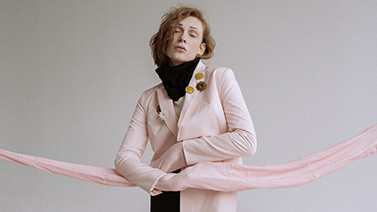

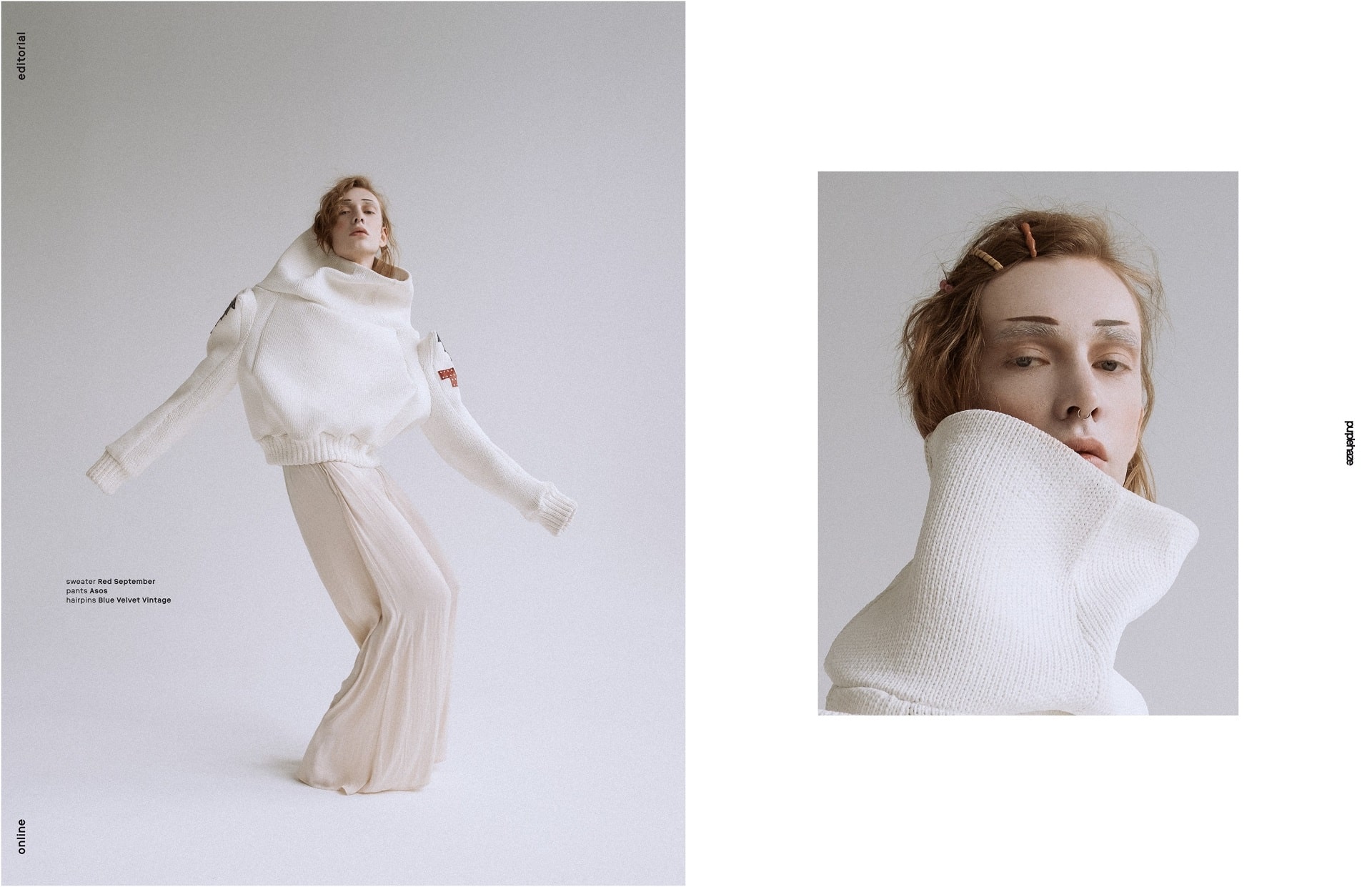
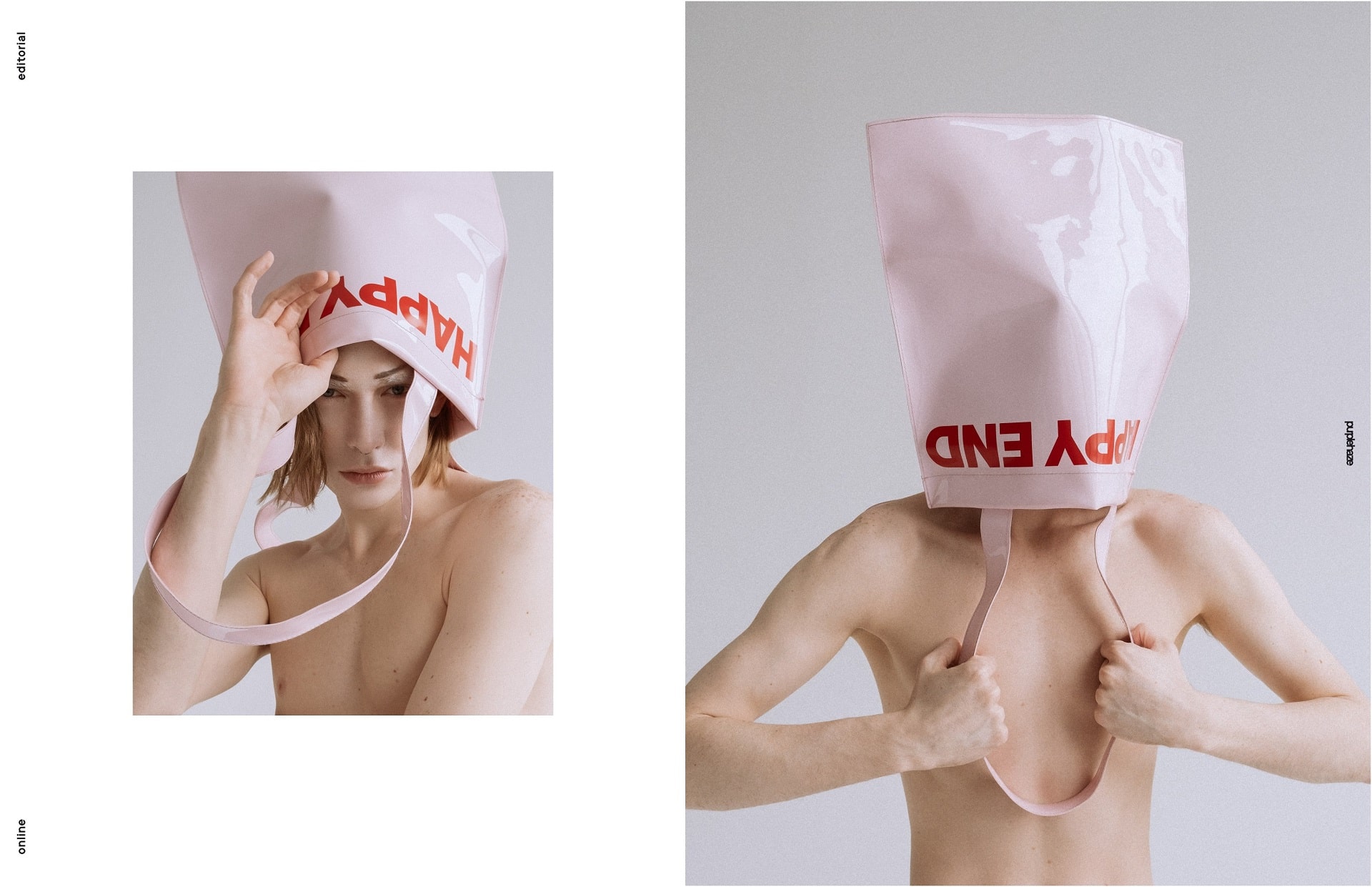
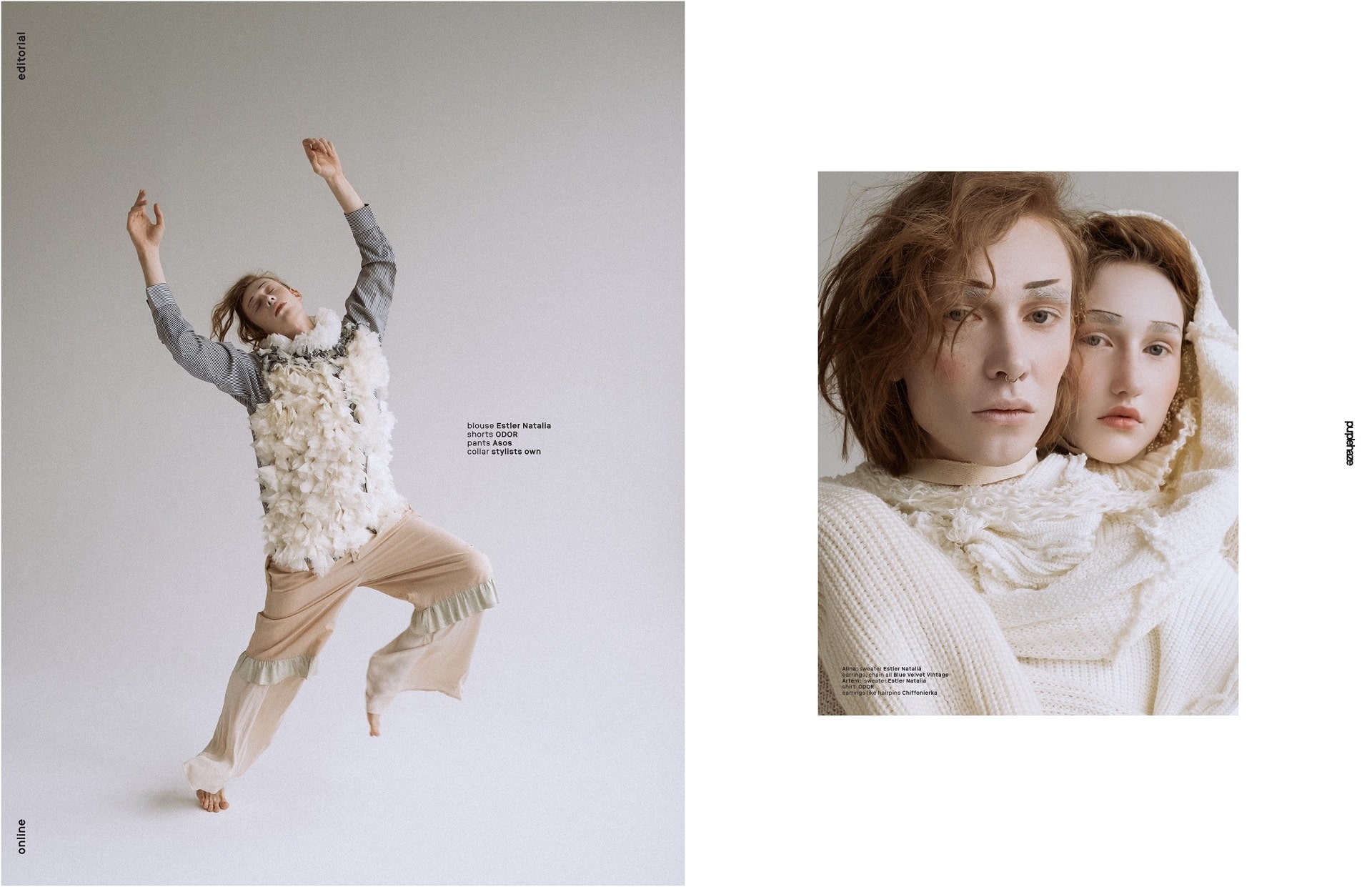

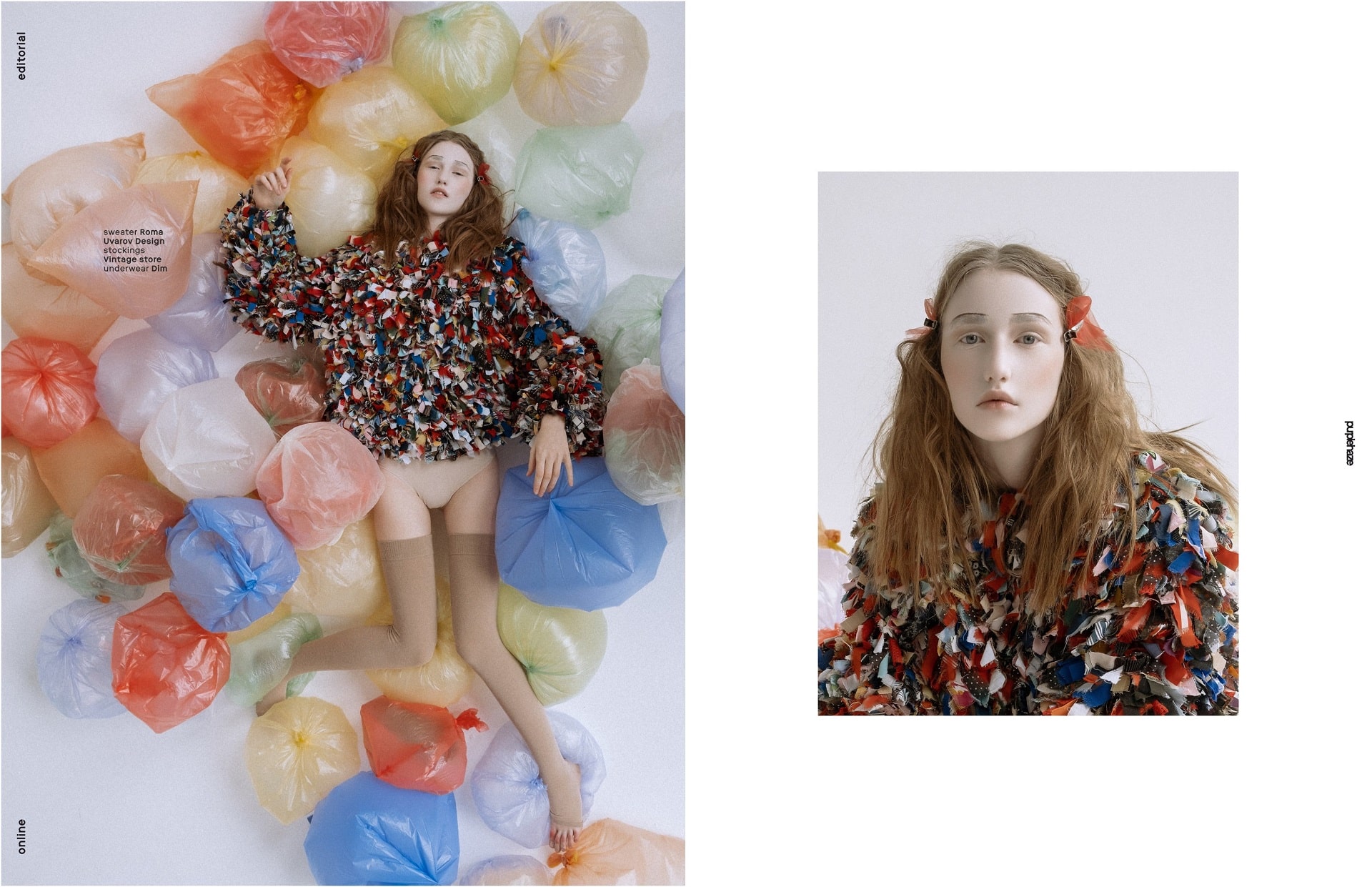
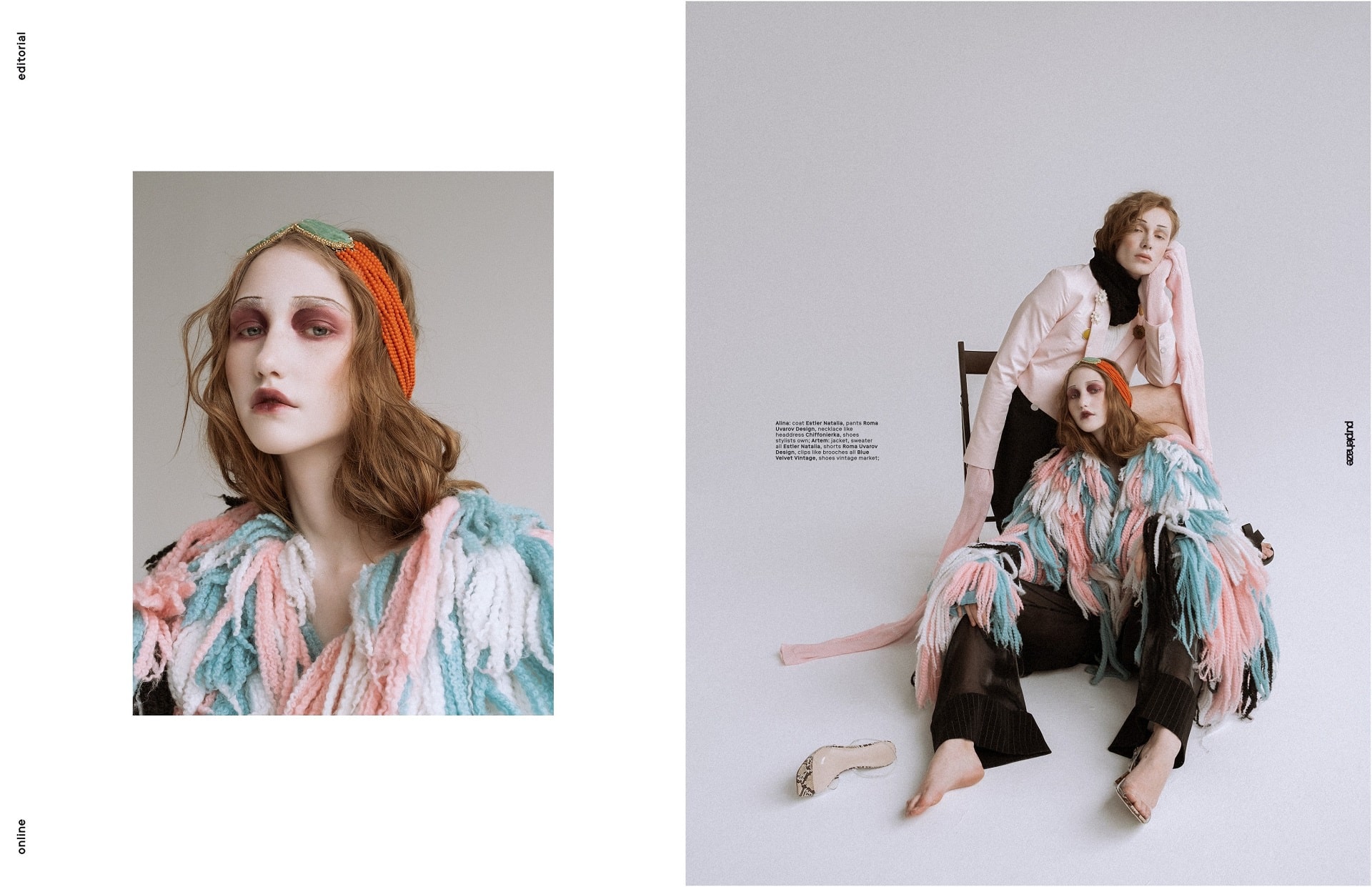

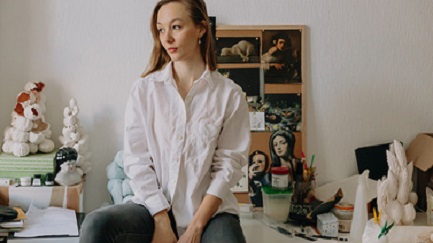
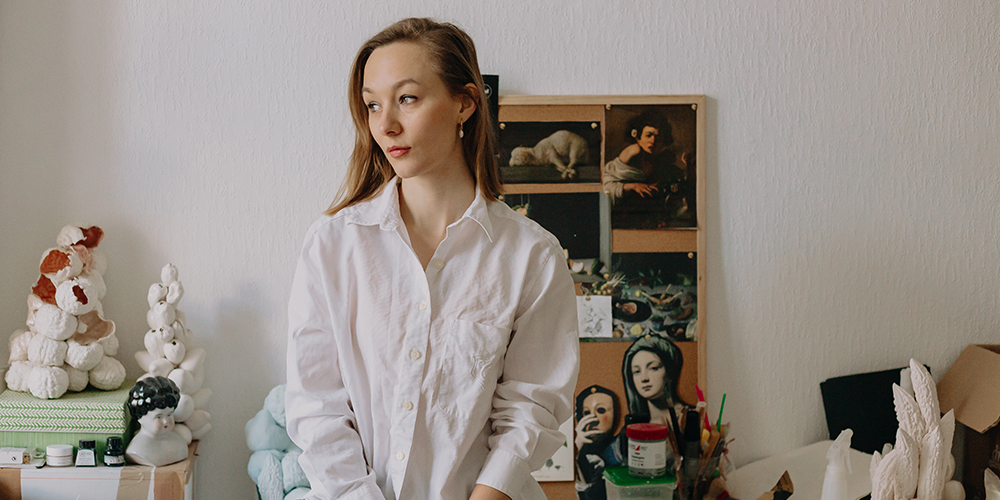
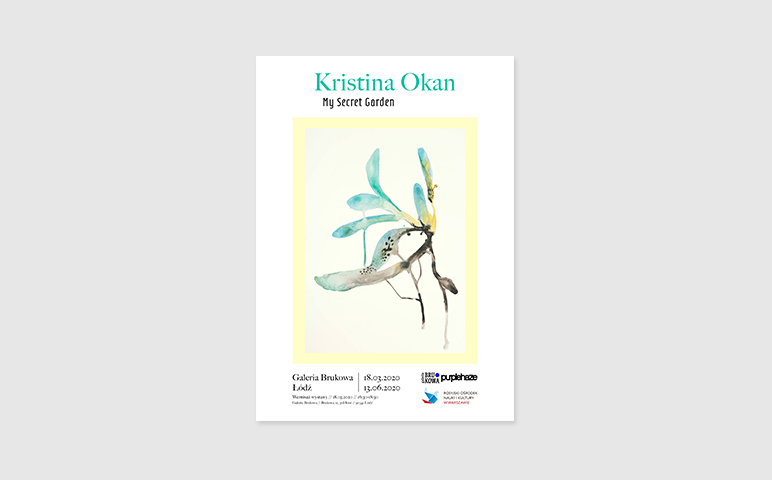
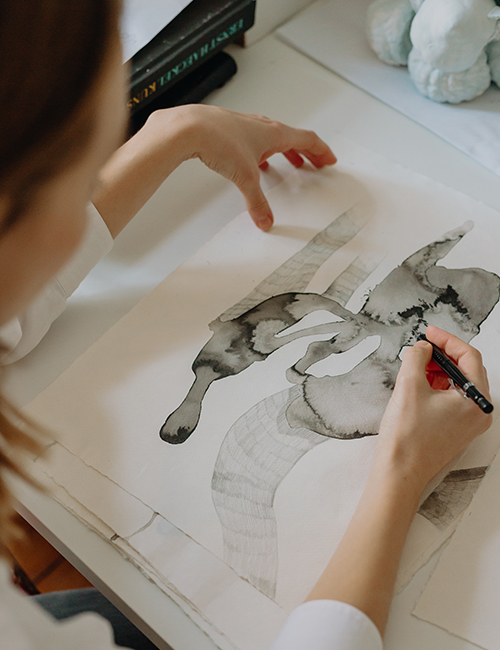
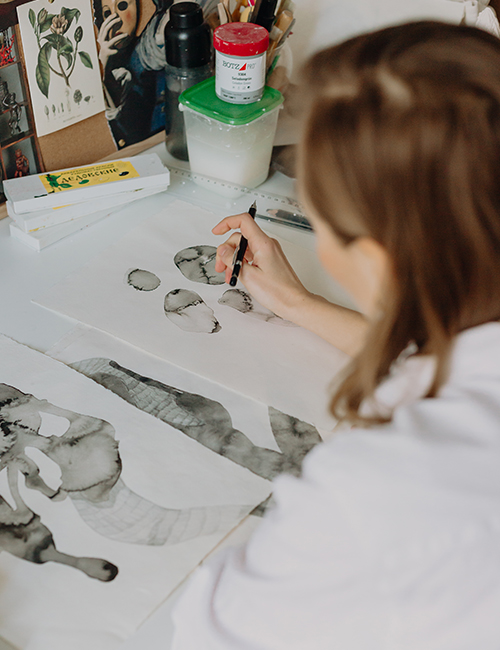
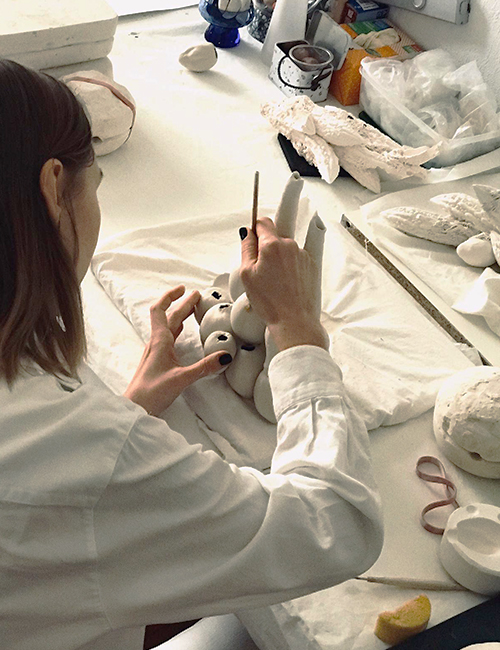
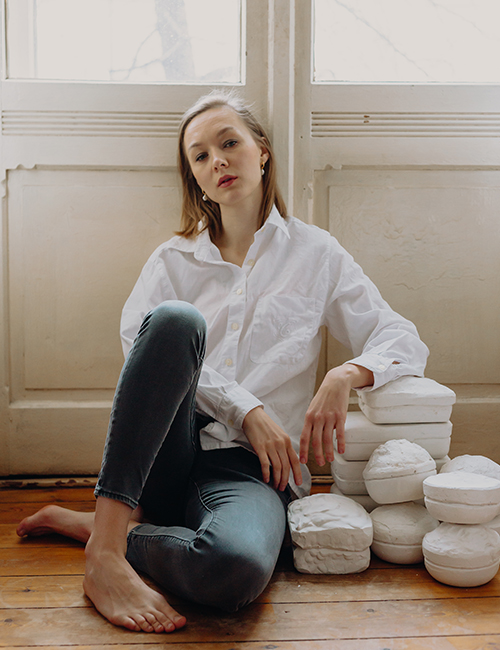
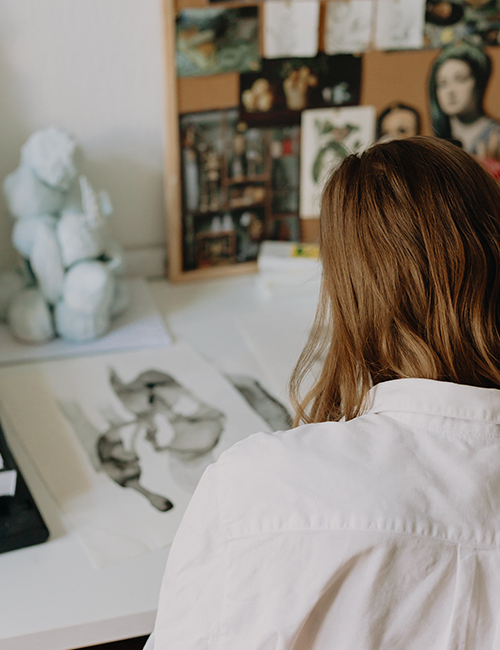

Neueste Kommentare